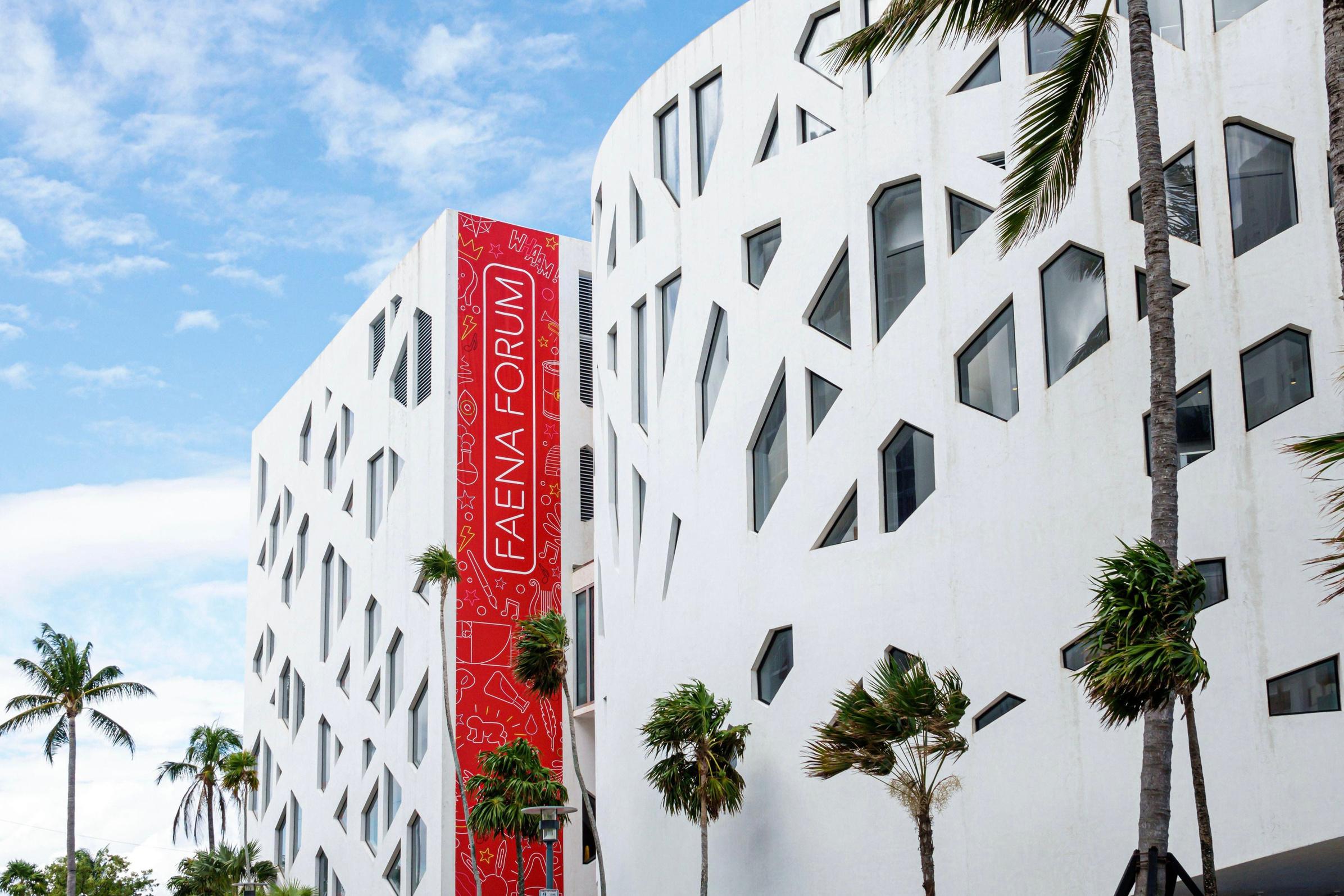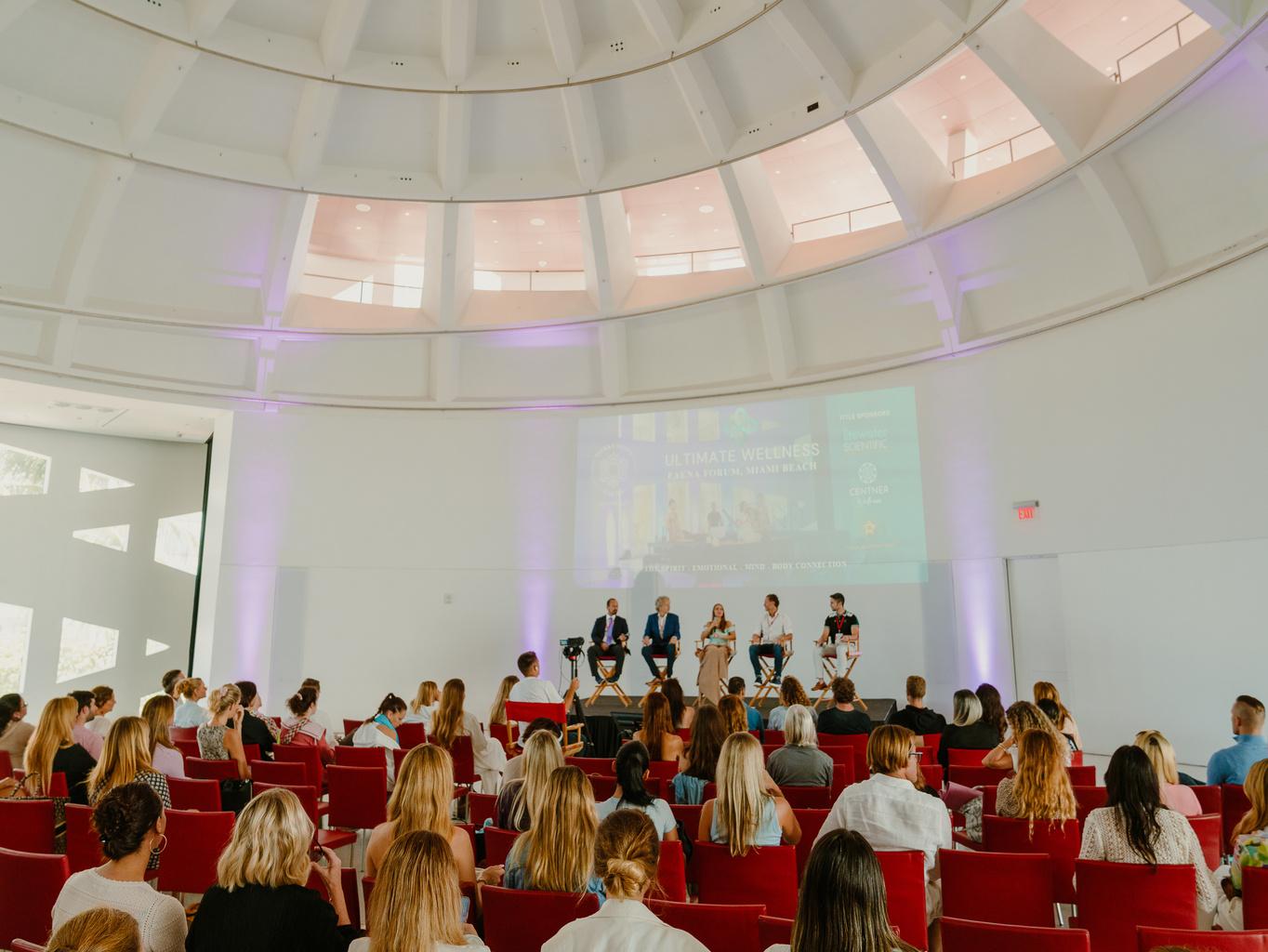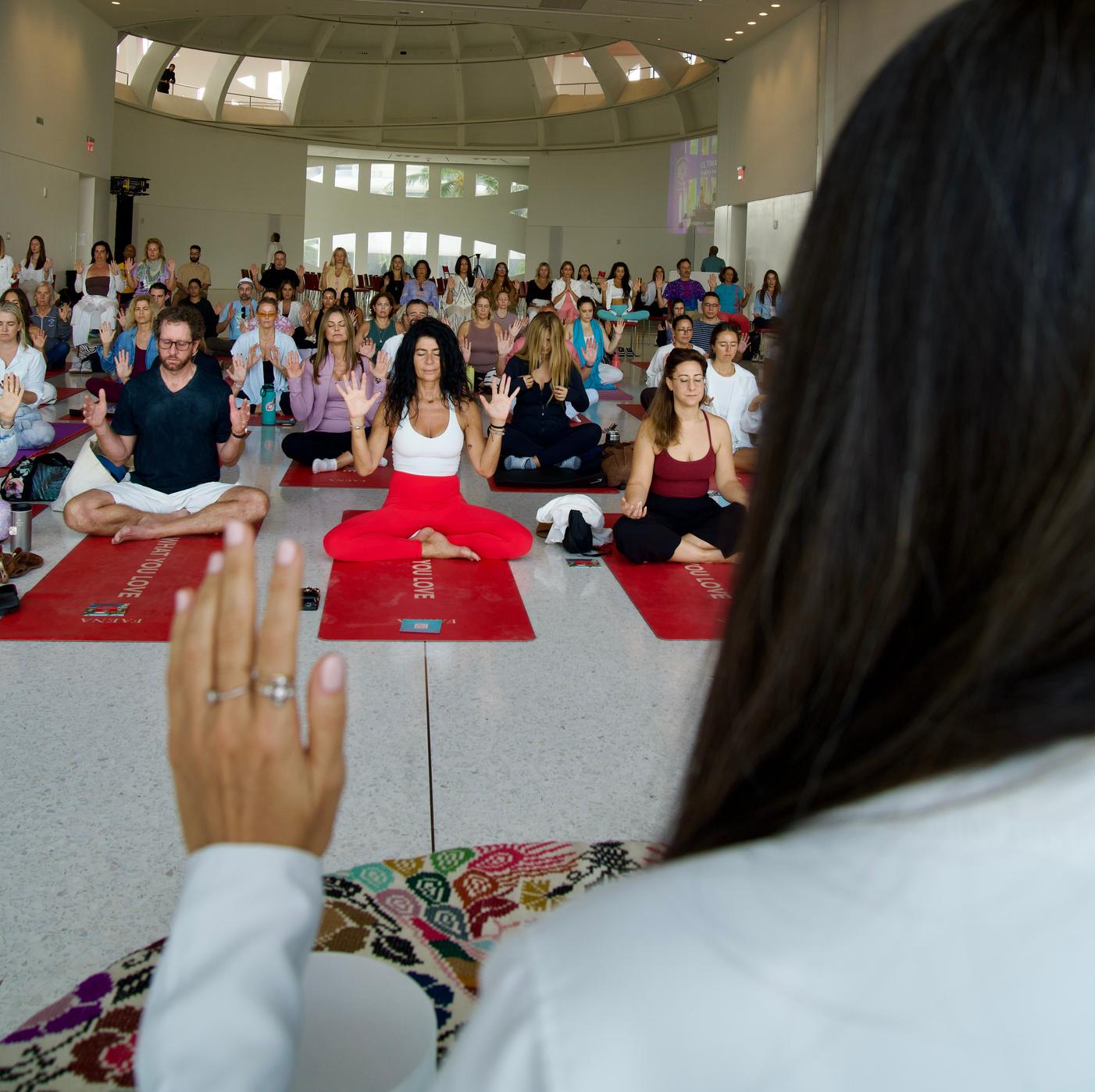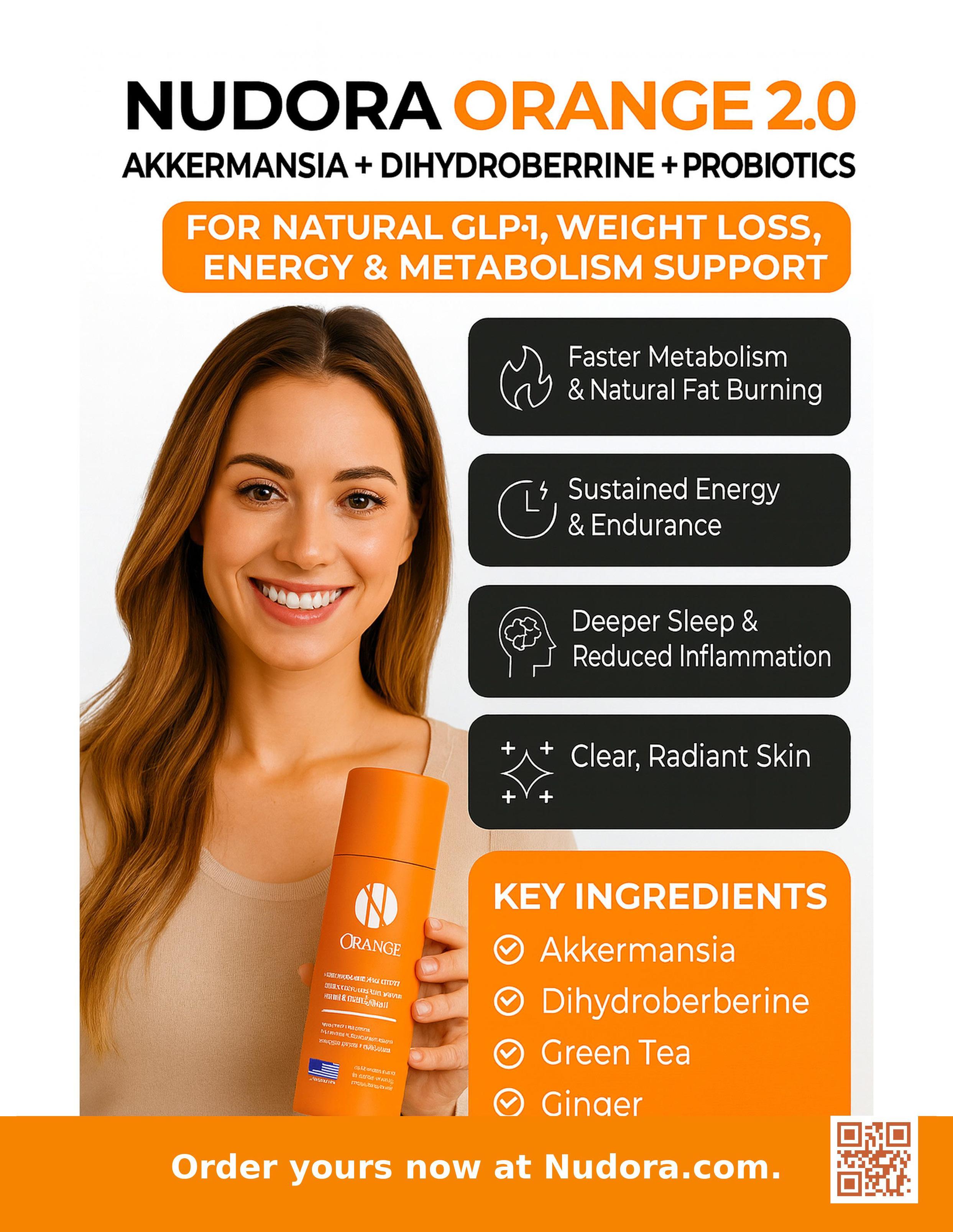
MOVEMENT & RECOVERY WITH 6X MR.
OLYMPIA, CHRIS BUMSTEAD
“Training breaks you down. Recovery builds you up. That’s where the real growth happens.”
—Chris Bumstead, 6x Mr. Olympia Classic Physique Champion

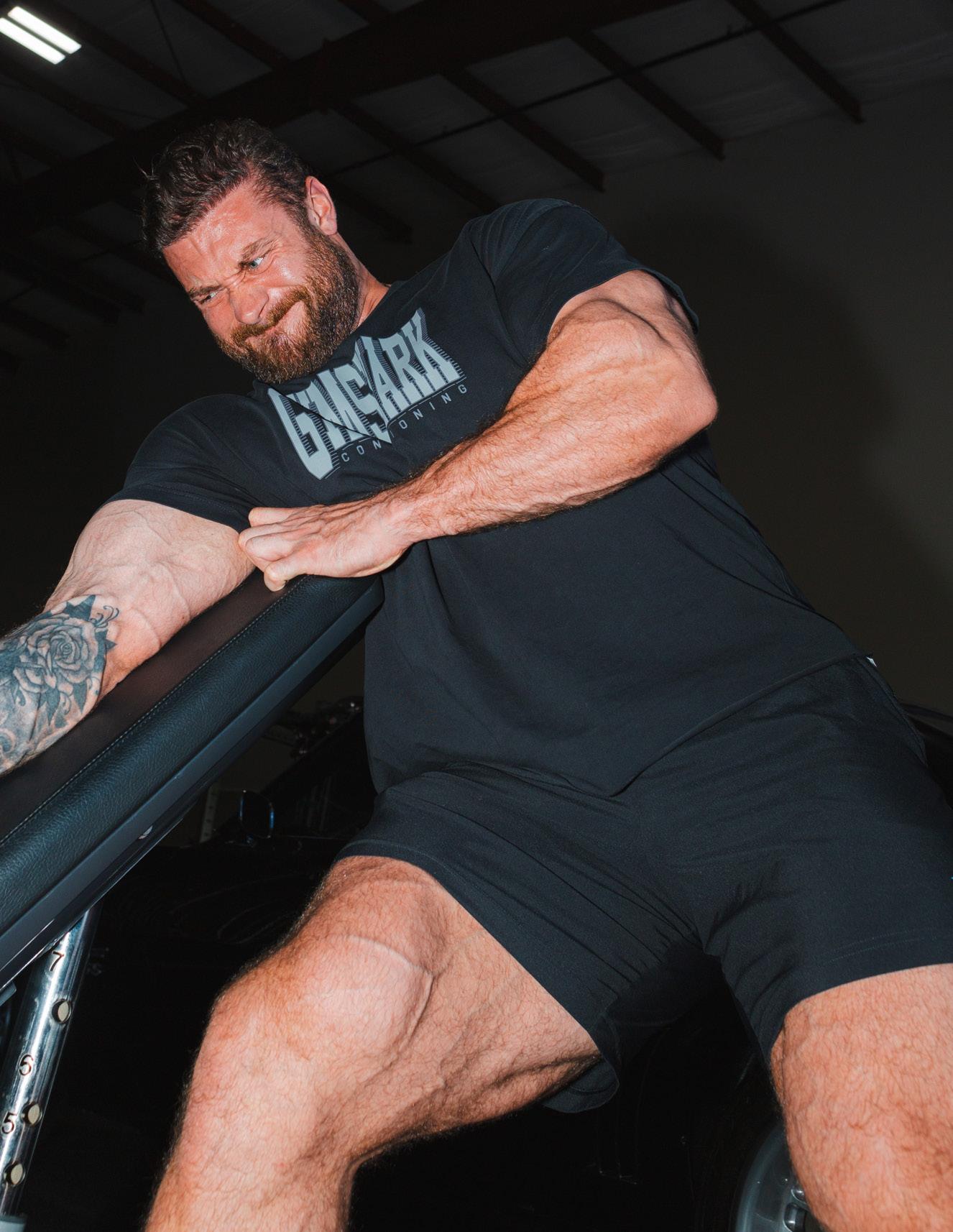


MOVEMENT & RECOVERY WITH 6X MR.
“Training breaks you down. Recovery builds you up. That’s where the real growth happens.”
—Chris Bumstead, 6x Mr. Olympia Classic Physique Champion


C60 has been characterized as the most powerful antioxidant known. It’s hundreds of times more powerful than conventional antioxidants.
Crossing the blood-brain barrier, C60 works at the cellular level to support mitochondrial function. C60 fights inflammation, lifts the oxidative burden, and neutralizes toxic free radicals.
Unlike conventional antioxidants, C60 won’t interfere with any other supplements, vitamins, or medications. It can reset itself, again and again. Take it before your other supplements to boost your morning routine supplement stack.
Most users note an increase in ENERGY and MENTAL CLARITY within 30 days when incorporating C60 Power into their morning routine. Many users note FASTER RECOVERY and IMPROVED PERFORMANCE within this same time frame.




Publisher: John Highland
Editor In Chief: Hannah H.
Editorial Assistant: Jillian Fast
Graphic Designers: Laura Poyner, Dylan R-N
Contributing Authors: Ryan Crossfield, Evelyn Flaharty, Riley George, Michele Hughes, Ashleigh Quint, Joshua Wheeler
Vice President of Development: Mark Carvalho
Business Director: Rob Fletcher
Fractional Marketing Officer: Craig Handley
Advisory Board: Dr. Ken Davis

Our mission and purpose at TopDoctor Magazine is to foster connections within the health and wellness community and empower our readers to make wellinformed healthcare and lifestyle decisions. We pride ourselves on being the ultimate resource for interviews with health and wellness leaders, trending medical news, and healthy living topics.
We understand that choosing a healthcare provider is a crucial decision. Our in-depth interviews with esteemed doctors and medical professionals aim to bridge the gap between them and their clients. By providing our readers with personal insights, philosophies, and areas of expertise, we facilitate a deeper understanding of the individuals responsible for your health and well- being. We also strive to highlight our outstanding practitioners, showcasing their dedication to their patients and contributions to the medical community.
The field of medicine is constantly evolving, with new practices, therapies, and technologies emerging at a rapid pace. At TopDoctor Magazine, we strive to keep you updated on the latest advancements in the medical world. Our comprehensive coverage of trending medical news equips both doctors and patients with the knowledge they need to make informed choices about healthcare options.
Building strong connections within the medical community is essential for enhancing patient care and driving medical progress. Our magazine serves as a bridge, connecting medical companies with doctors and vice versa. By facilitating these connections, we aim to catalyze collaborations that can lead to innovative solutions and improved healthcare outcomes for everyone.
It is our firm belief that well-informed individuals make better decisions about their health. By providing you with insights into established and emerging medical trends and technologies, we empower you to take an active role in your healthcare choices. Whether you are a healthcare professional seeking to stay updated on the latest advancements or a patient eager to make informed decisions about your well-being, TopDoctor Magazine is here to support you.
In every issue, we strive to uphold the highest standards of journalistic integrity, accuracy, and relevance. Our dedicated team of writers, editors, and medical experts work tirelessly to bring you well-researched and compelling content that is both educational and engaging. Moreover, our graphic design team is committed to delivering an aesthetically pleasing reading experience where captivating design seamlessly merges with informative content, ensuring each issue becomes an engaging journey of discovery.
As we embark on this mission to serve as your trusted source of medical information and insights, we encourage you to join us on this exciting journey. Your feedback and suggestions are invaluable to us, and we look forward to hearing from you.
Thank you for being a part of the TopDoctor Magazine community. Together, let us embrace knowledge, forge connections, and make informed decisions to lead healthier lives.
With warmest regards, Hannah
H.

12 24 34 46 52
FROM MAINE'S SHORES TO TABLES NATIONWIDE: MARK MURRELL'S UNWAVERING PURSUIT OF THE PERFECT LOBSTER EXPERIENCE
DR. NAYAN PATEL: THE FATHER OF TOPICAL GLUTATHIONE
MOVEMENT & RECOVERY WITH 6X MR. OLYMPIA, CHRIS BUMSTEAD
ELECTROLYTES IN YOUR DAILY WHOLE FOODS
APPENDICITIS SYMPTOMS YOU SHOULD NEVER IGNORE
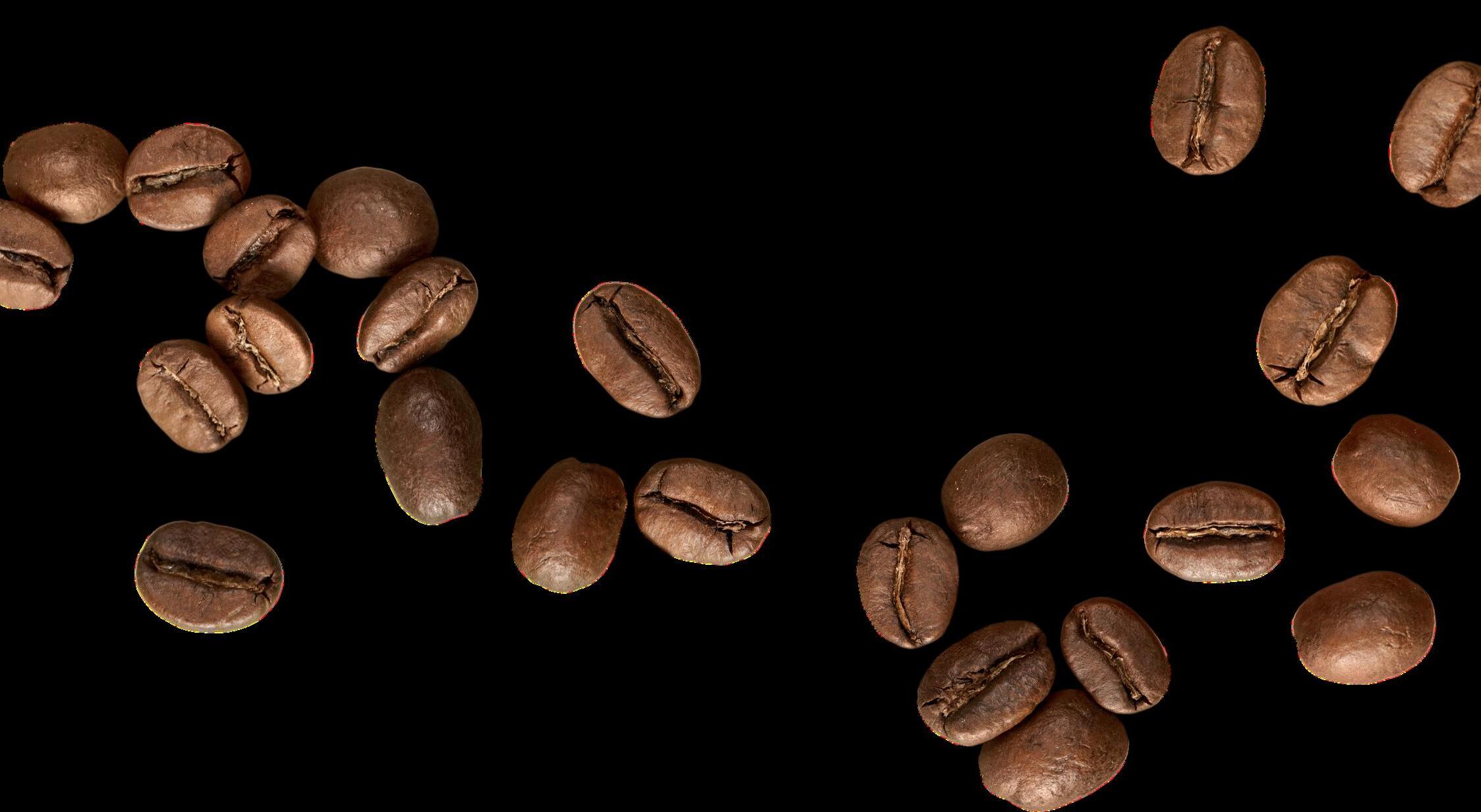

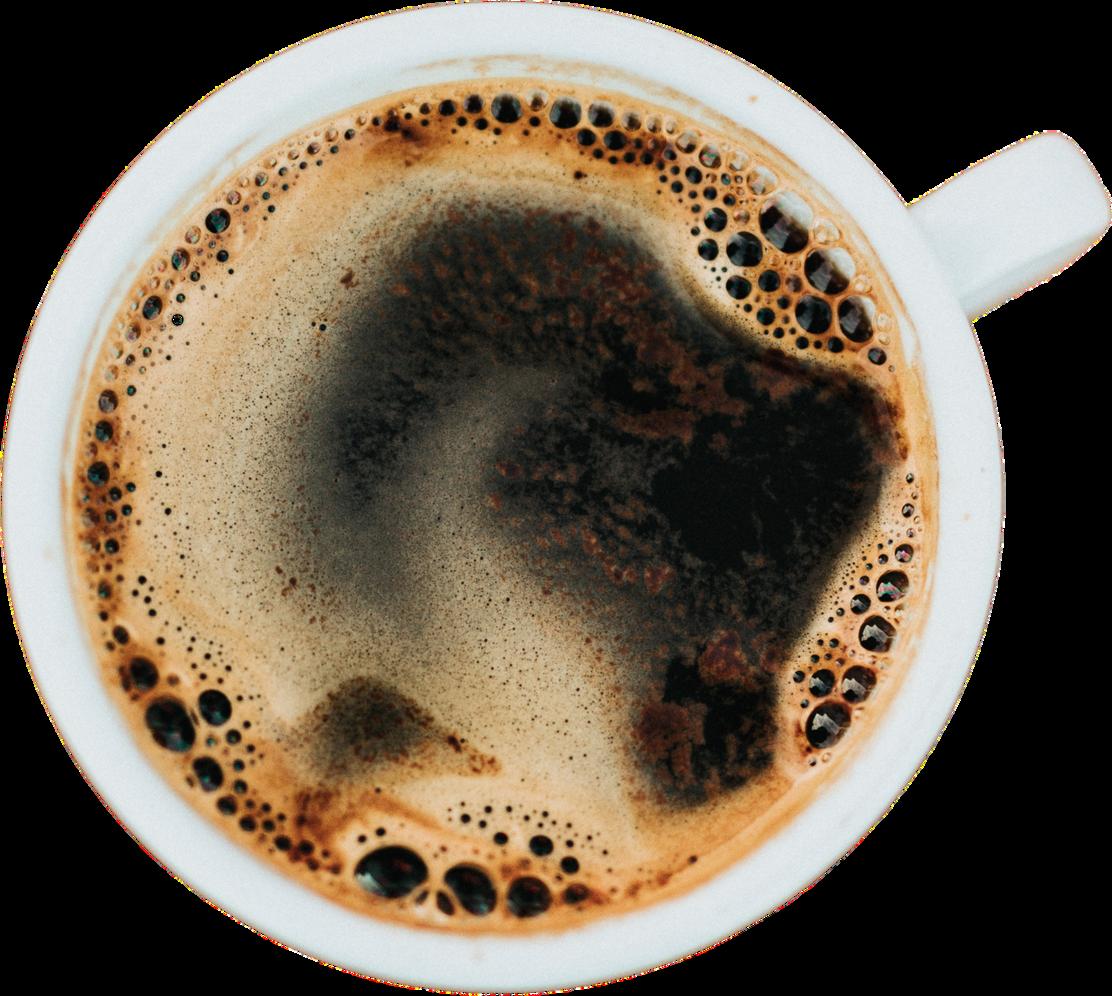

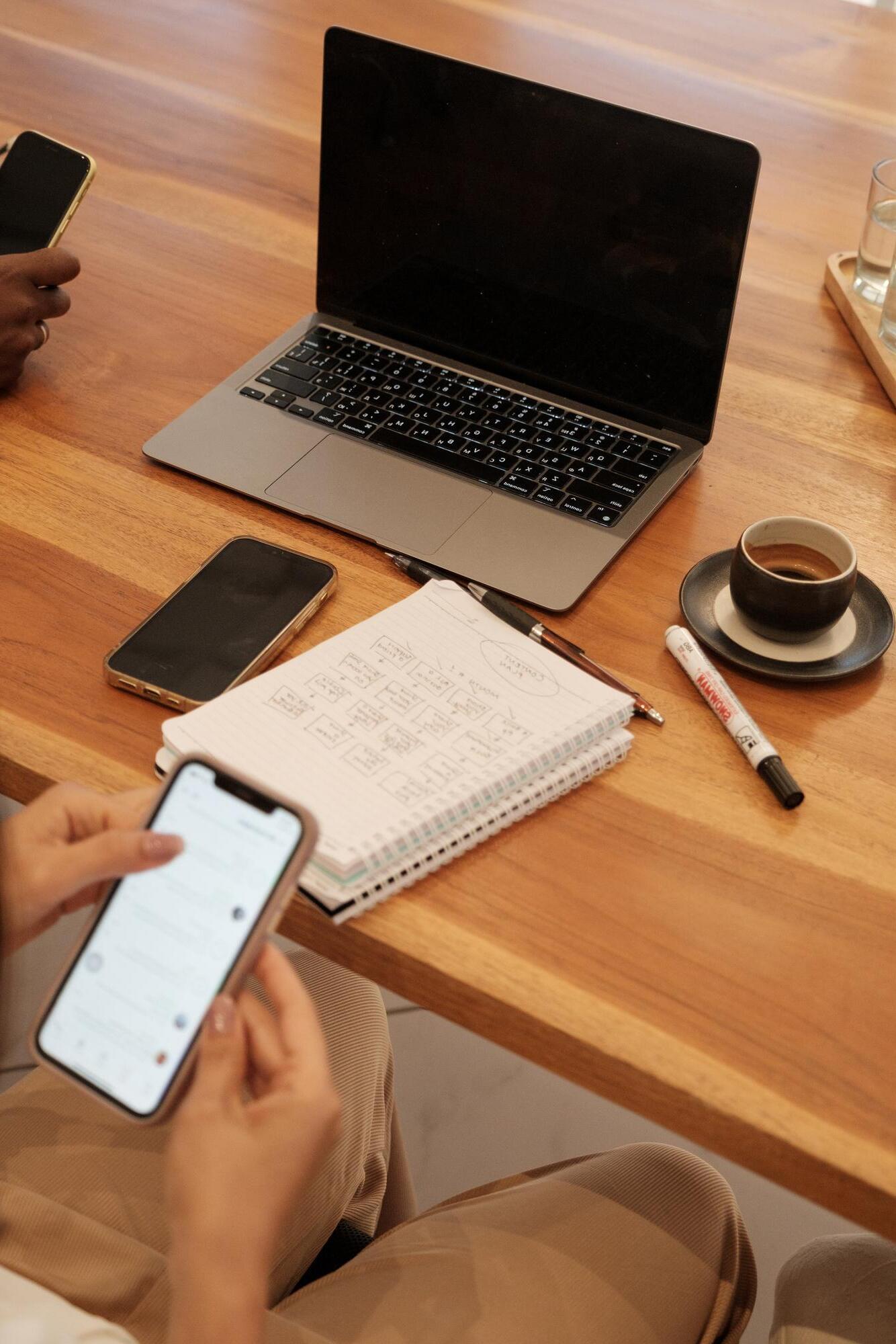
From branding to SEO to social media, the NOA Firm crafts powerful strategies tailored to healthcare professionals. Led by Aaron Perez trusted by top doctors nationwide.
By Riley George
Mark Murrell, who grew up in Maine and now proudly calls it home, has revolutionized how people across the United States experience fresh, high-quality lobster. What began as a curious observation during his marketing consulting days in Chicago has blossomed into Get Maine Lobster, a company synonymous with exceptional seafood and an unparalleled commitment to customer satisfaction. His journey is a vibrant tapestry woven with entrepreneurial spirit, a deep understanding of quality, and a genuine desire to connect people through memorable culinary moments.
Growing up in Maine, lobster was a familiar “celebratory food” for Murrell, its prevalence making it almost commonplace. It wasn’t until he ventured to Chicago as a marketing consultant, immersed in a diverse client portfolio, that the true value and scarcity of fresh, authentic Get Maine Lobster outside its native waters truly struck him.
“When I was in Chicago, people were always asking me about lobster,” Murrell recalled. “Then I would see lobsters in a grocery store tank, and I



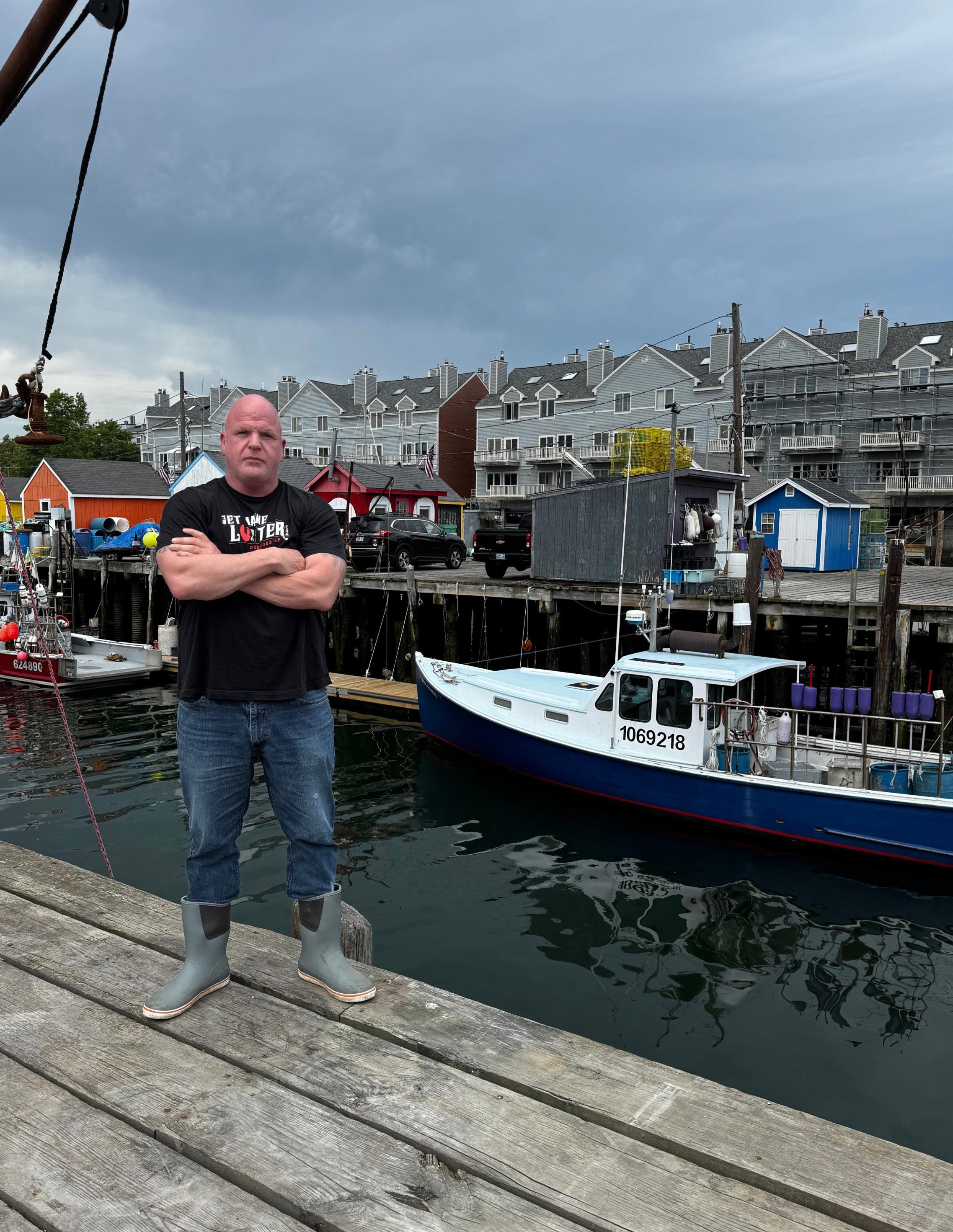

couldn’t help thinking that the tanks didn’t look clean.”
This stark contrast between the pristine, readily available lobster of his home state and the often questionable, overpriced options elsewhere ignited a pivotal question: “How fresh is that lobster that I’m paying a tremendous amount for?”
The catalyst for Get Maine Lobster arrived in 2009 during a visit home. A friend who was a local fish shop owner approached Murrell with an idea to sell lobsters online. Murrell’s subsequent research confirmed a burgeoning demand for direct lobster delivery, coupled with a notable lack of companies effectively meeting this demand. He saw a clear opportunity.
However, Murrell’s business acumen, honed by years in consulting, immediately identified a crucial gap: customer service.
He emphasized to his friend, “When you ship lobster to Donna in Des Moines, Iowa, and she opens a box of live lobsters and needs help, you’d better have someone ready to answer the phone when she calls.”
When his friend demurred, Murrell stepped forward.
“I’m not afraid of figuring out the messy details that keep a business running, succeeding, and leaving customers satisfied. I’ve always enjoyed that part of the business,” he stated, offering to launch the company himself while his friend handled fulfillment. This foundational commitment to the customer would become the bedrock of Get Maine Lobster.
Initially operating out of his Chicago apartment, Murrell’s nascent lobster delivery service quickly outgrew its initial fulfillment partner within a mere eight months. This rapid expansion continued, necessitating a series of new partnerships as the business scaled. Ultimately, the undeniable success of Get Maine Lobster prompted Murrell to make a significant life change: he moved back to his beloved home state.
Murrell humbly described his entry into the lobster business as a fortunate stumble into an unexpected yet deeply rewarding career. He views his entrepreneurial endeavor as a natural evolution of his consulting days—identifying a widespread problem (the quest for truly fresh lobster) and devising an effective solution. His diverse educational background, encompassing degrees in hospitality, creative writing, and an MBA in sustainable business, provides a unique blend of skills that underpins his holistic approach to the business.

“I love the customer service side of things,” he reiterated, underscoring the core value that sets Get Maine Lobster apart. “Anyone can sell lobster, but not everyone can make customers feel seen and taken care of. It’s about being there when they call, answering their questions, and making sure they feel confident every step of the way.”
At the heart of Get Maine Lobster’s success is Murrell’s unwavering, almost obsessive commitment to delivering the freshest, highest-quality product. This dedication manifested in a meticulous, multi-layered approach to quality control.
“The first thing I did was find the right partner,” he explained. “They needed to have high standards for sourcing, handling, and a thorough quality assurance process.”
Murrell applied lessons learned from a previous client who supplied filet mignon to airlines, where consistency was paramount. This principle of uniformity extended to his lobster products. When inspecting orders, Murrell ensured that, for instance, if a customer ordered four lobster tails, they were equal in size, and all the fins were intact. He stressed that “what it looks like is just as important as anything else.”
For live lobsters, sourcing was critical. Get Maine Lobster procured from the “northern part of the state, where the waters are incredibly clean,” collaborating with fishermen who would venture into deep, ice-cold water. This process ensured the lobsters were livelier and better prepared for their journey across the country. Get Maine Lobster sources lobster tails from processors who use liquid nitrogen freezing, a cutting-edge technique that rapidly freezes lobster at its peak freshness while preserving its flavor, texture, and moisture. This method creates tiny ice crystals that protect the lobster’s cellular structure, ensuring it tastes and feels like it was just caught when it reaches your table.
He steadfastly avoids processes like High-Pressure Processing (HPP), which he believes compromises the delicacy and quality of the meat. This unwavering commitment to quality at every stage, combined with a philosophy of “being generous with your knowledge” and fostering cooperative relationships with industry peers, has allowed Get Maine Lobster to partner with the best processors in the world.
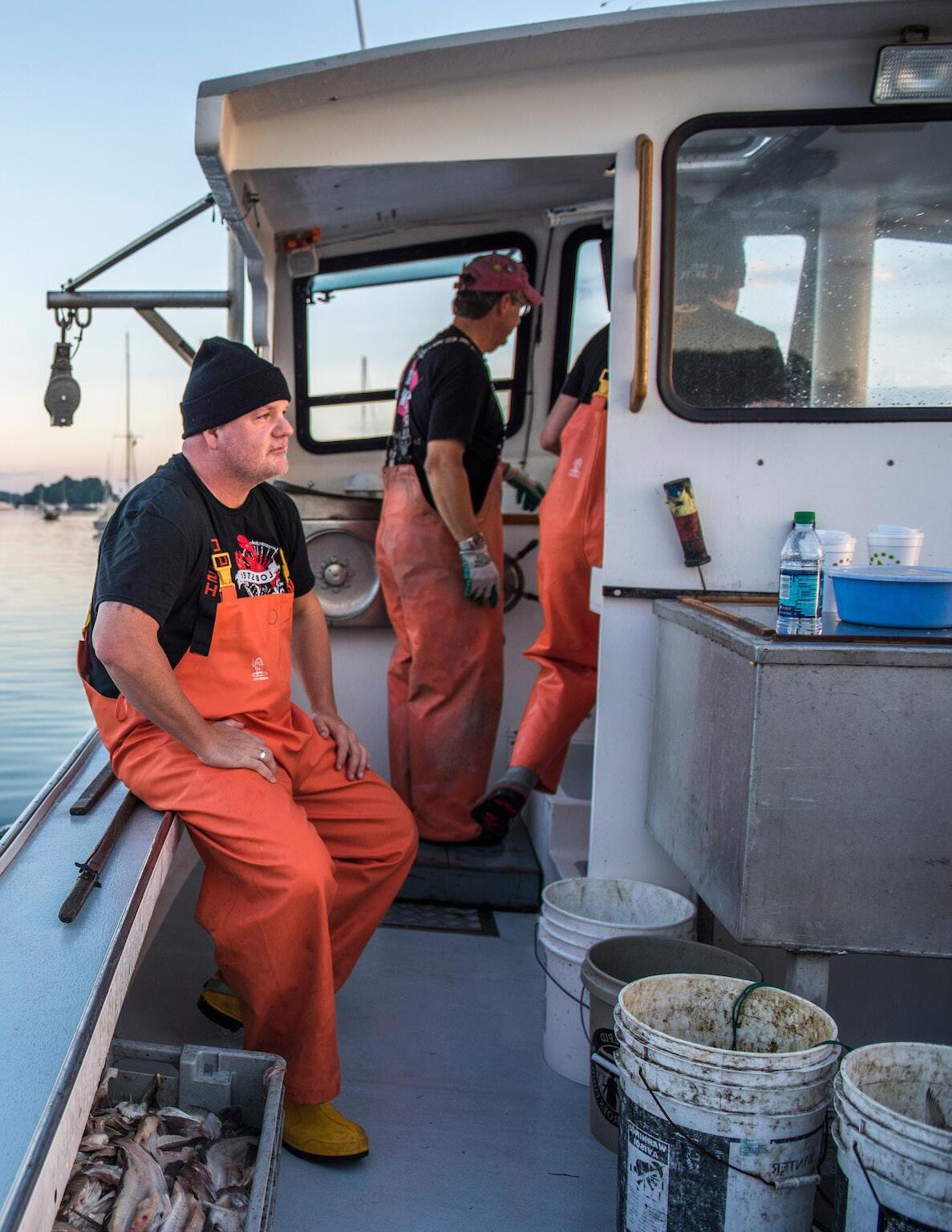
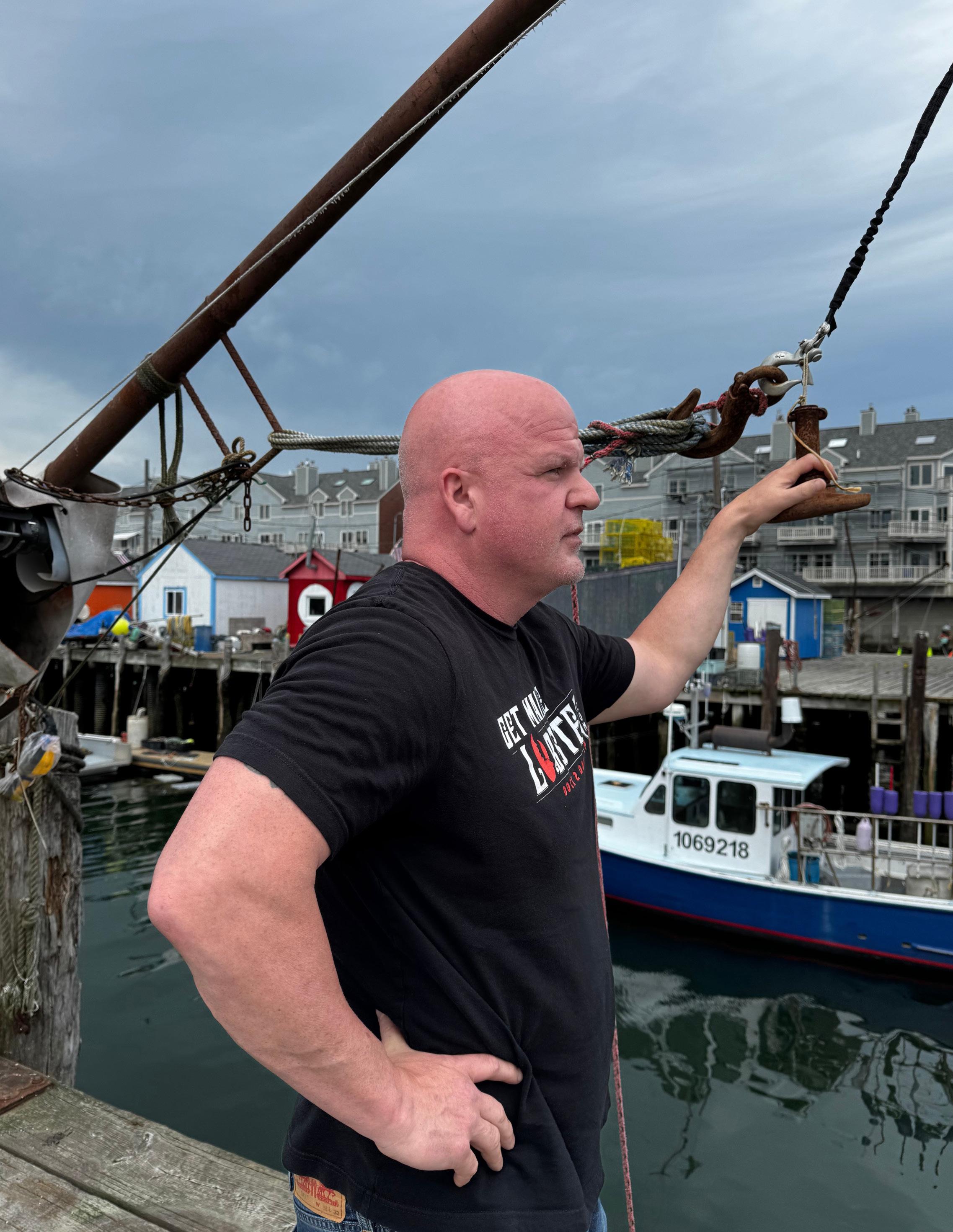

Get Maine Lobster serves a broad customer base, but Murrell has observed a striking trend: medical professionals are among his most frequent and loyal clients.
“Half of our top fifteen customers of all-time are medical professionals,” he revealed.
Murrell theorized that busy doctors, who often have demanding careers and substantial incomes, tend to seek both convenience and a welldeserved reward.
“Medical professionals work hard and often don’t have time to run to the store to find high-quality food,” he mused. “I can picture them thinking, ‘I want the good stuff. I want it on the weekend, I don’t feel like going out, and I don’t care what it costs.’”
This demographic values the ease of having premium, restaurant-quality seafood delivered directly to their doorstep. Beyond convenience, Murrell highlighted lobster’s favorable nutritional profile.
“It offers great macros compared to other animal proteins,” he said. “It’s low in calories, low in fat, and high in protein.” For professionals seeking healthy yet indulgent options, it’s an ideal choice. Lawyers and “blue-collar business owners” also feature prominently in his customer base. These individuals often use Get Maine Lobster for entertaining guests, serving as a symbol of their success and generosity.
While lobster tails, lobster rolls, and live lobsters are the mainstays, Murrell prides himself on fulfilling unique customer requests, with products like whole squid, demonstrating his dedication to bespoke service.
Murrell spoke with profound respect for the lobster’s journey, describing its arrival on a plate as a “miracle.” He pointed to the astonishing odds against a lobster surviving to legal weight—a mere 0.4% of eggs— and the many years it takes for larger specimens to mature. This deep appreciation for the rarity of the product has even led him to conceptualize a “rarity chart” for lobsters, akin to diamond grading, to help customers truly grasp the unique value of their purchase.
“You’re lucky even to have the chance to buy this lobster,” Murrell said, emphasizing how special each catch is. “The odds of a lobster surviving
long enough to reach legal catching size are incredibly low, which makes every one of them something rare.”
Looking ahead, Murrell envisions Get Maine Lobster continuing to innovate, particularly in creating more accessible and elegant at-home dining experiences he terms “modern Sunday supper.” He’s developing “ready to sous vide” product lines, featuring pre-cooked, cleaned, and picked whole lobsters with compound butter, designed for effortless preparation.
“I’m never gonna sell cheap lobster. What I can do is show you massive value by working hard to make it so that you can enjoy that experience at home, impress your guests, and create lasting memories,” he declared.
He aims to forge partnerships with chefs and embrace “food tech” to continually innovate, all with the overarching goal of fostering connections.
“I want people to gather more and make lasting relationships around good, quality food,” he stated, viewing amazing food experiences as a powerful catalyst for this.
Mark Murrell’s deep dedication to customer experience and providing truly exceptional lobster has driven Get Maine Lobster’s success, even through demanding periods like the 600 percent growth the company experienced during the COVID-19 pandemic. Every order reflects Murrell’s commitment to delivering the freshest, highest-quality lobster while ensuring customers feel supported every step of the way.
Notably, Get Maine Lobster operates from Maine’s first commercial wharf, built in the 1700s, grounding its mission in the state’s rich maritime heritage. This connection to Maine’s working waterfront is more than a backdrop; it is a promise that every lobster you receive is part of a tradition of quality and care.
If you are ready to experience premium Maine lobster delivered directly to your door and create unforgettable moments around your own table, visit Get Maine Lobster to learn more and place your order.
Make Your Dinner Unforgettable.
Get wild-caught Maine lobster tails—hand-harvested, flash-frozen, and shipped straight to your door.
Claim 2 FREE tails with your first order: GetMaineLobster.com/topdoc




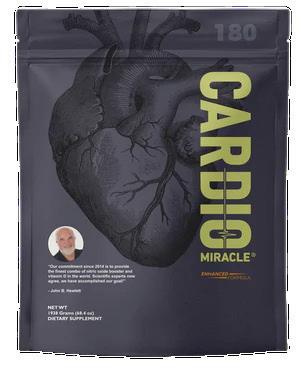
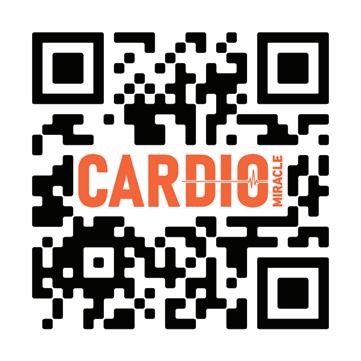



Introducing HypoNasal™ the allnatural nasal spray and rinse made with ultra-pure HOCl and Reverse Osmosis water for gentle, effective nasal care
All-Natural & Pure: Made with pharmaceutical-grade hypochlorous acid and reverse osmosis water
Clean Formula: Free of salt, preservatives, stabilizers, and f ragrances
Scientif ically Balanced:
Optimized pH 5 4–5 7 with 100–110 PPM HOCl.
Residue-Free Relief: Soothes, cleanses, and ref reshes without irritation.
Long-Lasting: Stays potent for over 12 months when properly stored
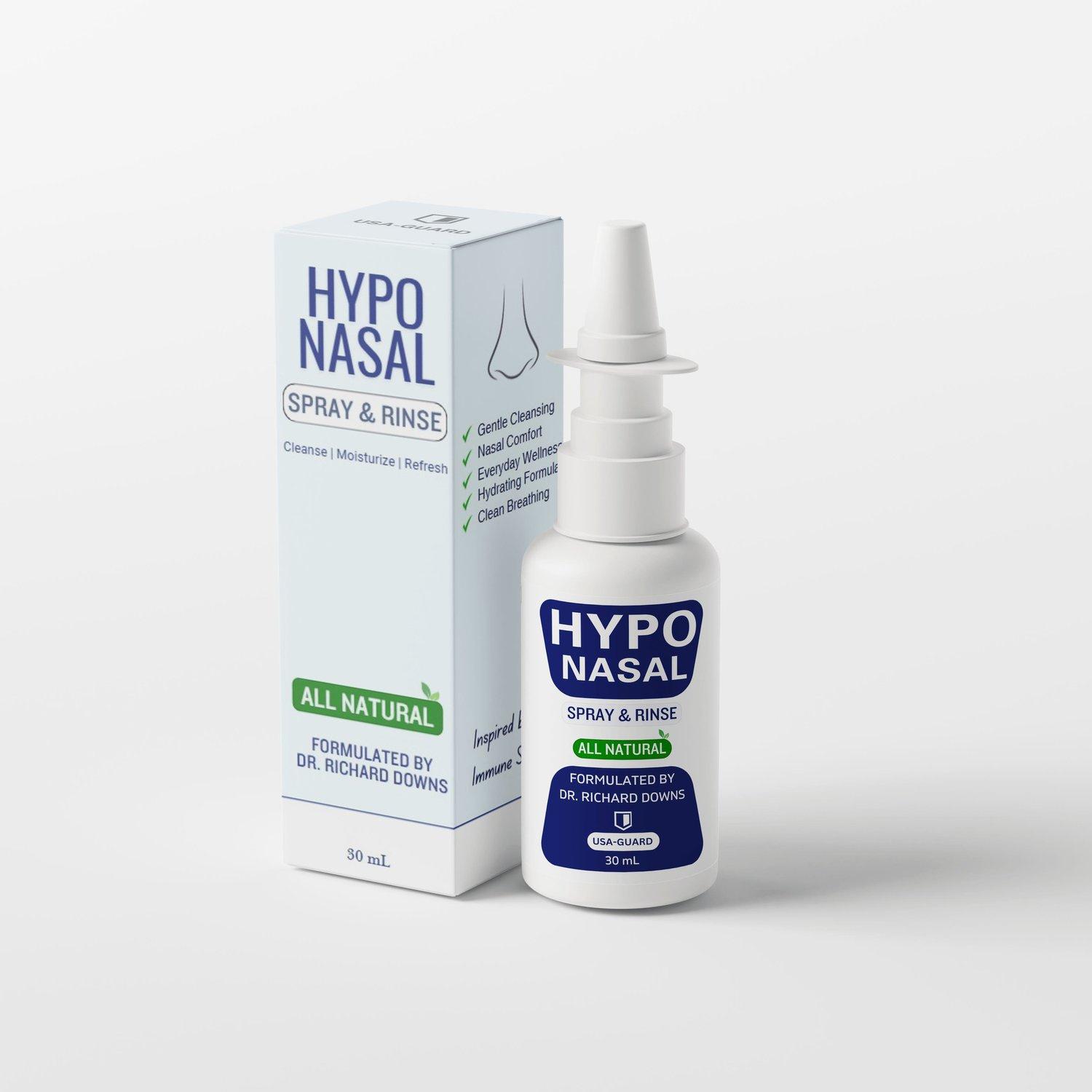
AVAILABLE NOW
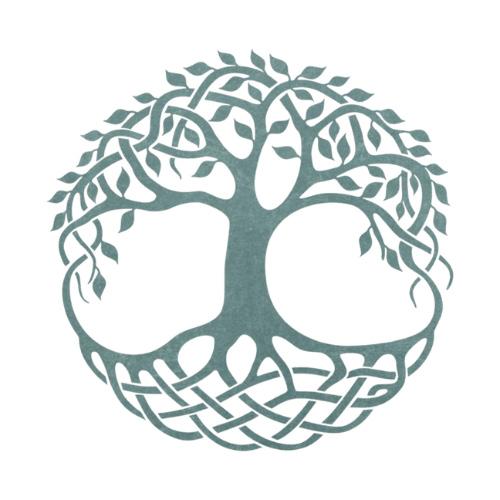

BY MICHELE HUGHES
CEO Ageless and Timeless and host of the Ageless and Timeless podcast
At the intersection of pharmacy, wellness, and anti-aging science, Dr. Nayan Patel has earned his reputation as the father of topical glutathione. For more than two decades, he has collaborated with physicians to create patient-specific therapies, guided celebrities, CEOs, and athletes on their health journeys, and pioneered research that has changed the way we understand antioxidants.
His groundbreaking book, The Glutathione Revolution: Fight Disease, Slow Aging & Increase Energy, makes a decade of research on the master antioxidant accessible to the public. As the founder of Auro Wellness and the only patent holder of transdermal glutathione, Dr. Patel continues to innovate products that redefine both wellness and skincare. In this exclusive conversation, he shares the inspiration behind his work, the science of glutathione, and the future of antioxidant therapy.
What inspired you to launch Auro Wellness back in 2011?
“After decades as a pharmacist, I realized that many health challenges stemmed from the body’s inability to manage long-term stress and oxidative damage,” Dr. Patel says. “I wanted to create science-backed products that help the body function at its best and prevent the gradual wear and tear that leads to chronic illness. That vision became Auro Wellness.”
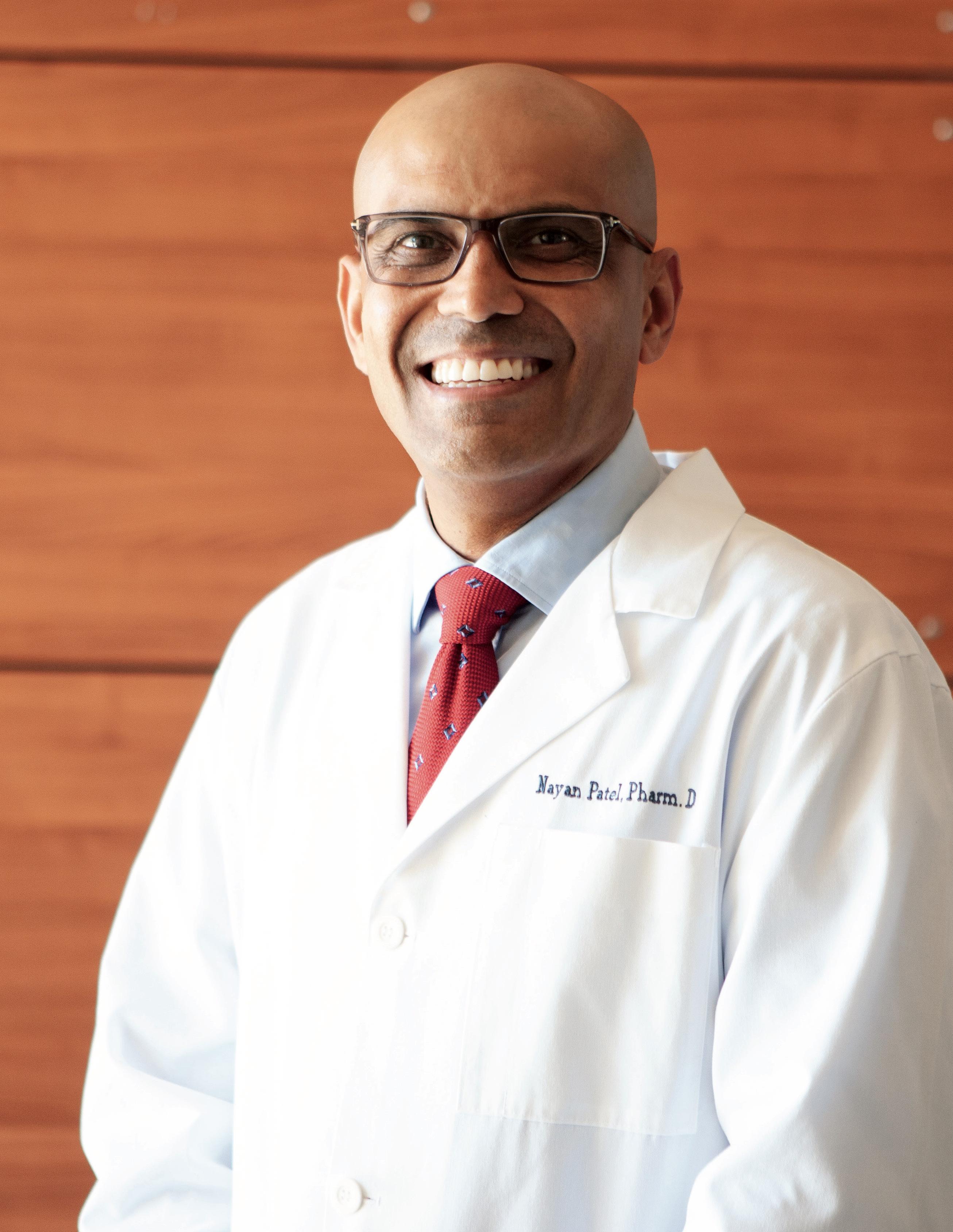
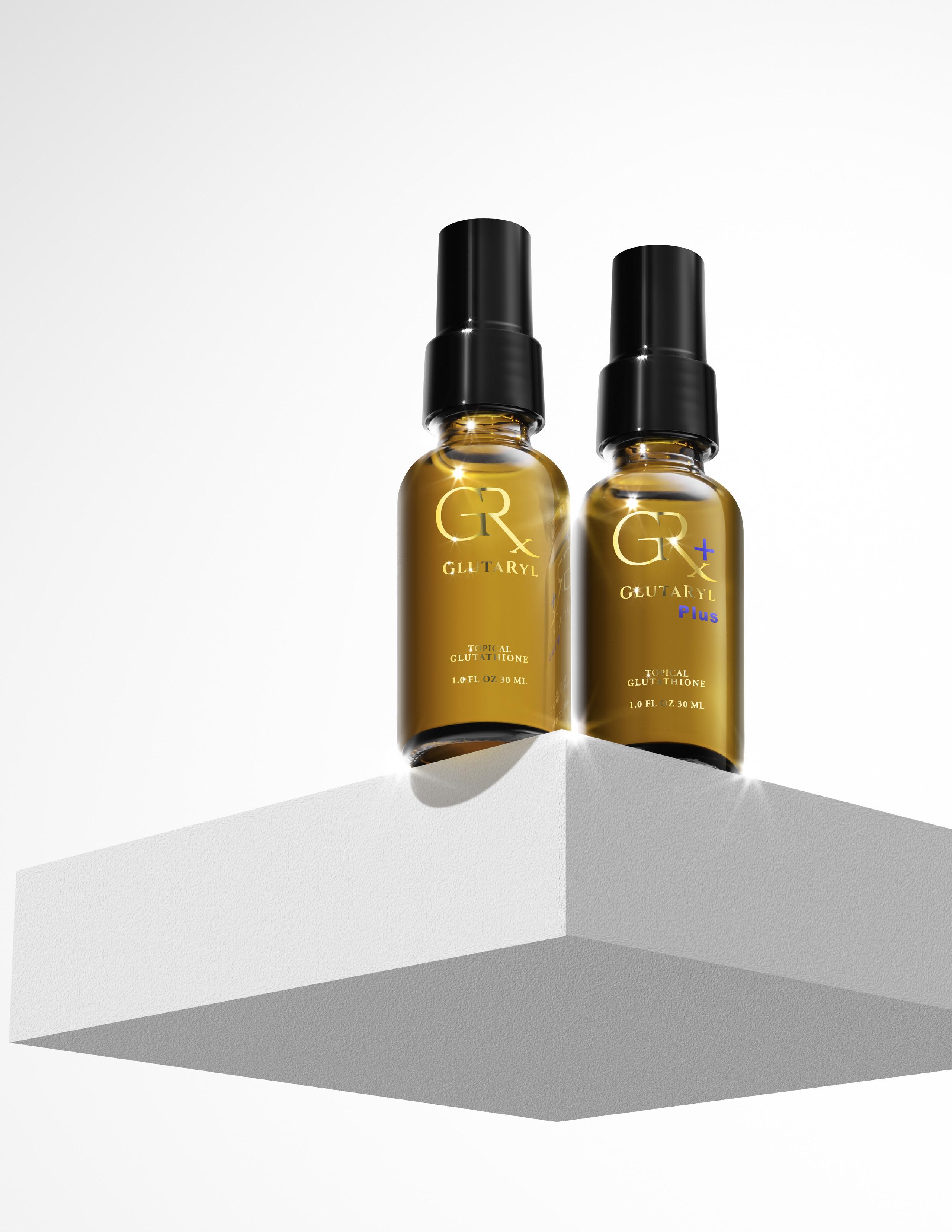
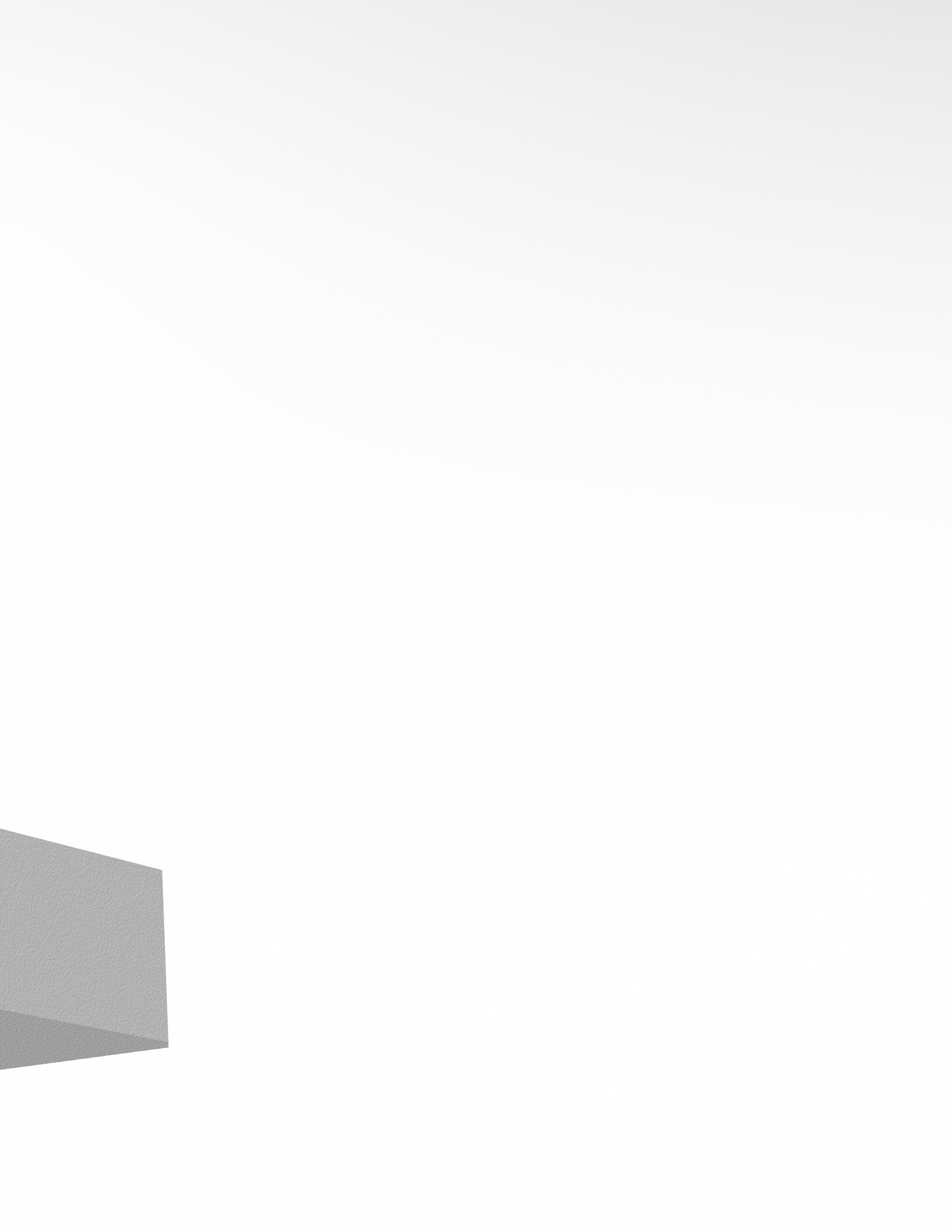
Why is glutathione so important, and why is it called the ‘Master Antioxidant’?
“Glutathione is unique because it can neutralize both oxygen- and nitrogen-based free radicals, which are major drivers of oxidative stress,” he explains. “It protects our DNA, proteins, and lipids from damage that accelerates aging and disease. Even more remarkable is its recycling power: once used, the body can regenerate it into its active form with the help of other antioxidants. That ability makes glutathione the centerpiece of our defense system.”
What message did you hope to share through your book?
“My goal was to make the science of glutathione accessible to everyone,” Dr. Patel shares. “People should understand how essential it is for energy, longevity, and disease prevention—and that there are natural ways to boost levels in the body. Knowledge is power, and with the right tools, we can take control of our health before illness takes control of us.”
Your first product, Glutaryl™, has been described as groundbreaking. Why?
“Glutaryl™ is the world’s first topical glutathione product capable of real absorption and immediate benefits,” he explains. “It’s powered by our Auro GSH™ multi-patented sub-nano absorption technology, which allows glutathione to penetrate effectively through the skin. After 14 years of research and testing, we finally had proof of concept. It represents our mission to help people achieve vibrant health from the inside out.”
A recent study confirmed Glutaryl’s benefits. What did it reveal?
“The study showed that the glutathione complex is effectively absorbed through the skin, raising glutathione levels in the body,” Dr. Patel notes. “It also demonstrated stronger immune responses and a reduction in oxidative stress markers like MDA. That means less cell damage and better protection for long-term health. When I first began working with glutathione, I knew how powerful it could be, but this study confirmed it works because we solved the absorption challenge.”

Why does this matter for everyday health?
“These findings validate what our customers have been experiencing: more energy, stronger immunity, and better resilience,” he says. “Daily application of Glutaryl is a safe, effective way to support the body’s defenses. For me, the most rewarding part is hearing people say they feel the difference in their daily lives. That’s science reaching beyond the lab.”
How did you expand your antioxidant research into skincare?
“My years of studying glutathione revealed that skin health is just as dependent on oxidative balance as internal health,” Dr. Patel explains. “Our Auro GSH™ Antioxidant Delivery System allows us to deliver antioxidants like glutathione, Vitamin C, and resveratrol deeper into the skin than ever before, moving skincare beyond surface results to true cellular transformation.”
Tell us about your first four skincare innovations.
“We designed each product with a distinct role,” he says. “The G Antioxidant Revitalization Serum strengthens skin and fights signs of aging with high-potency glutathione. The Citrine Vitamin C Radiance Complex delivers 25% Vitamin C to brighten and defend against environmental stress. Rise + Revive hydrates and energizes as a daytime moisturizer, while Rest + Repair firms, smooths, and restores overnight with the help of adaptogens and antioxidants. Together, they create a full defense system for the skin.”
What makes your antioxidant delivery system so unique?
“Most skincare products only affect the surface,” he notes. “Our patented technology stabilizes antioxidants and makes them deeply absorbable, ensuring maximum effectiveness. It’s the fusion of pharmacy and skincare science, nourishing skin externally while supporting it internally.”
What’s next for Auro Wellness in skincare innovation?
“This Fall, we’re launching a copper peptide formula powered by the Auro GSH™ Antioxidant Delivery System,” Dr. Patel reveals. “Copper peptides support collagen,
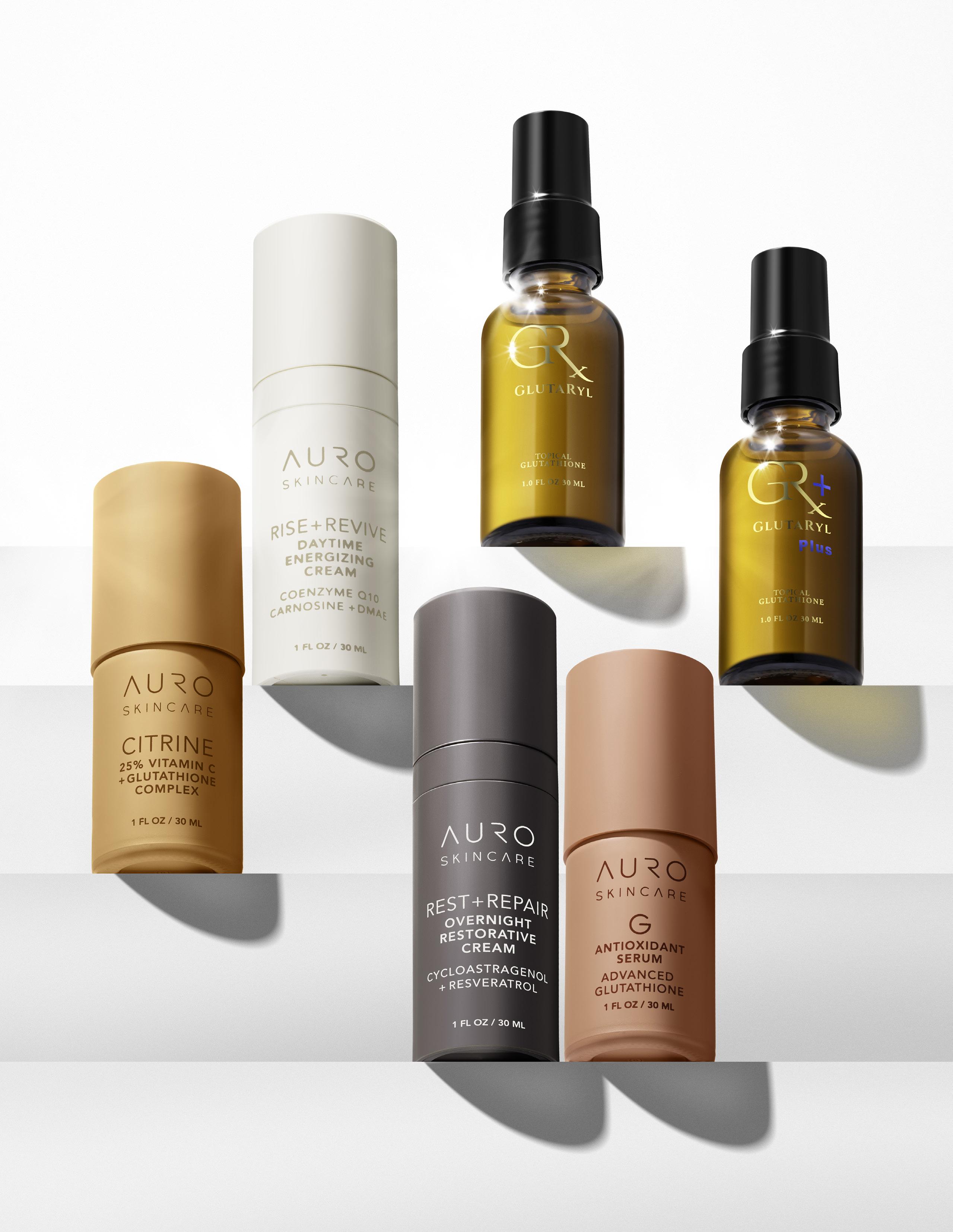
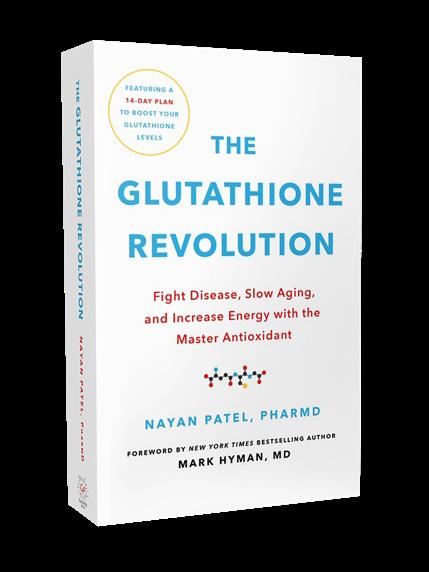
elasticity, and repair. By combining them with our sub-nano delivery technology, we can maximize those benefits. It’s not just about healthier-looking skin—it’s about skin that truly functions at a higher level.”
I have been loving the results from Copper Peptide. Can you share some clinical results on the new Copper Peptide formula?
“Yes, and that’s what makes this product so exciting,” he says. “It has been clinically proven to improve skin firmness and density in just one week, with visible improvement in fine lines and wrinkles. By pairing proven ingredients with our delivery system, we’re creating results that people both feel and see.”
Dr. Nayan Patel is a sought-after pharmacist, wellness expert, and thought leader in his field. He has been working with physicians since 1999 to custom-develop medications and design patient-specific regimens. He has been the pharmacist of choice to celebrities, CEOs, and physicians themselves. He recently published his first comprehensive book, “The Glutathione Revolution: Fight Disease, Slow Aging & Increase Energy.” After 11 years of clinical research on the master antioxidant glutathione, Dr. Patel and his team developed a patented technology to deliver Glutathione topically, changing the game on how to best absorb GSH systemically. From this technology, he also developed the Auro GSH Antioxidant Delivery System, creating a skincare line that delivers antioxidants at potent concentrations more efficiently and effectively than ever before. Learn more about Auro Wellness products by visiting aurowellness.com
Michele Hughes is the visionary founder of Ageless and Timeless and the dynamic host of the Ageless and Timeless podcast. As a monthly contributor to TopDoctor Magazine, she offers powerful insights on wellness, longevity, and living fully at every stage of life. With a deep passion for health and vitality, and serving as a role model for timeless elegance, Michele empowers audiences to embrace their highest potential and live with purpose and grace. Michele's podcast, Ageless and Timeless, was one of 20 Inaugural Podcasts selected for the Muscle and Fitness Plus platform that began in 2023.
For more information, please reach out to express interest in being a potential guest on the Ageless and Timeless podcast or to be featured in the TopDoctor Magazine Ageless and Timeless column with Michele Hughes. For podcast collaborations or to have Michele Hughes on your show, please contact her at:
Email: themichelehughescompany@gmail.com
Website: www.agelessandtimeless.com
Instagram: @agelessandimeless
LinkedIn: https://www.linkedin.com/in/michele-hughes-83a3b935/
Facebook: https://www.facebook.com/michele.hughes.186
Ageless and Timeless podcast, on YouTube, iTunes, Spotify, and wherever podcasts are available.


Total Cholesterol Self-test. Know your cholesterol levels in 2 minutes.

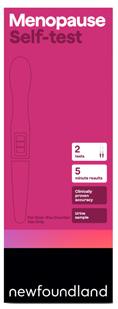
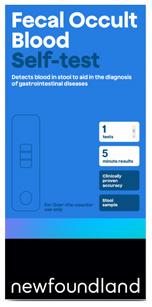
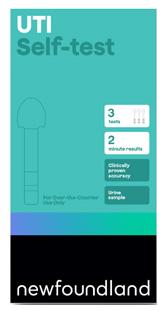
FSH Self-test. Provides insights into perimenopause or menopause in 3 minutes.
FIT Self-test. Detects human occult blood in feces to aid in the diagnosis of colorectal cancer in 5 minutes.



“L arge Study Links Gum Disease With Dementia”

“Periodontal disease may increase the risk of diabetes& heart disease”

“More
Evidence of Link Between Severe Gum Disease and Cancer Risk”

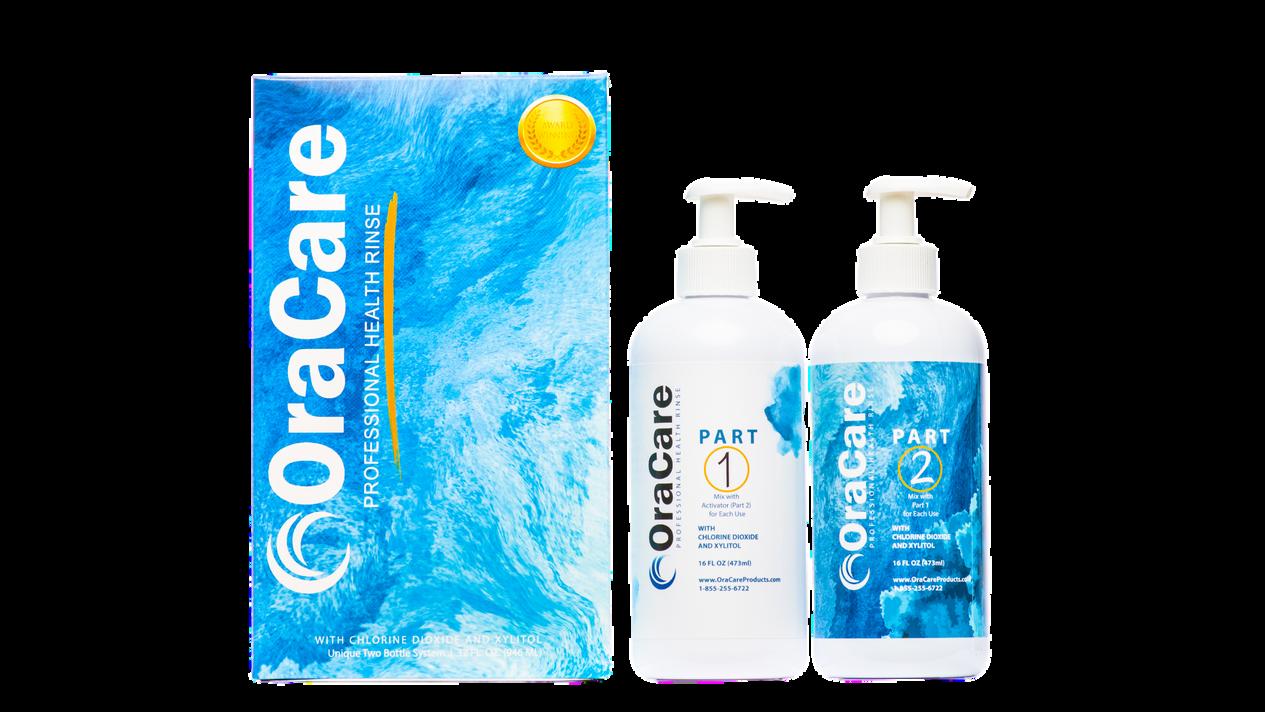
Clinically Proven to Reduce Biofilm 112x Better Than Brushing Alone

Inflammation in the mouth can affect the rest of the body Heart disease, Alzheimer's, pancreatic cancer and many more diseases are linked to gum disease To fight gum disease, you must fight biofilm (dental plaque) and with up to 70% of adults having some form of gum disease, brushing and flossing are not enough OraCare has been clinically proven to remove biofilm 112x better than brushing alone.
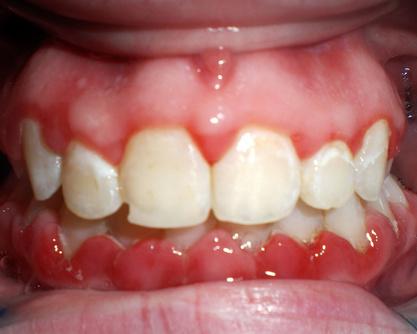



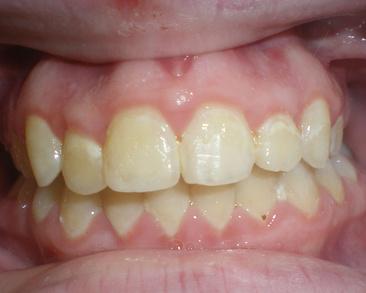



By: Ashleigh Quint, MIM, PICP-SCC, and Ryan Crossfield, CPT, PN1, BioPrint, MA-P
“Training breaks you down. Recovery builds you up. That’s where the real growth happens.”
—Chris Bumstead, 6x Mr. Olympia Classic Physique Champion
Exercise, as we know it, is a modern construct introduced as a compensatory response to the sedentary trap of contemporary life. Our ancestors didn’t need gyms; their days were filled with walking long distances to hunt or forage, squatting to rest or cook, carrying unstable loads, climbing over uneven terrain, and engaging in physical play. These natural, varied movements kept bodies resilient and minds sharp without the need for structured routines. As technology advanced and comfort became king, movement became optional. Cars replaced walking, desks supplanted labor, and screens stole attention. We normalized inactivity, depriving our bodies of the proprioceptive demands that shape biomechanical alignment and physical resilience. This mismatch has revealed our adaptability: when movement is absent, we adapt downward, trading resilience for fragility. The body is built to move, and when it doesn’t, it rewires itself for stillness, leaving us with diminished capacity to function freely.
with light movement, like walking or stretching, is more effective for blood sugar control than a single workout.²
Movement—walking, bending, reaching, climbing, or squatting—is how we engage with the world around us. When it works without pain, it fades into the background, an afterthought we rarely notice. Only when it’s lost, do we realize how essential it is. That’s why movement isn’t an accessory to health but a cornerstone, enabling us to navigate life with ease and freedom. Yet, in clinical practice, the focus tends to fall on structured exercise prescriptions, leaving the deeper foundation of movement underemphasized.
“No gym session can fully compensate for a life spent stationary. Movement must be woven into daily existence, not outsourced to sporadic bursts.”
The cultural blind spot is this: we’ve mistaken exercise—often perceived as a 30-minute gym session three times a week—for a complete solution to inactivity and its associated health challenges. Exercise is a compensatory patch, much like a pill that masks symptoms without addressing the root cause.
Research from the British Journal of Sports Medicine (2021) shows that even individuals who meet exercise guidelines face elevated risks of cardiovascular disease, insulin resistance, and early mortality if they spend most of their day sedentary.¹
A 2012 study from the American Journal of Clinical Nutrition found that breaking up prolonged sitting every 20–30 minutes
In a world that has stripped movement from daily life, education is the means of bringing it back. It provides physicians and patients with practical ways to rebuild a foundation that sitting and convenience have eroded. For physicians, movement education is especially vital for adults in their prime working years (roughly 18–48), when they possess the greatest capacity to build strength and recapture lost range, before age-related decline takes hold. After all, aging takes hold the quickest if we trade movement for comfort, manifesting in chronic pain, joint degeneration, or insulin resistance.
Therefore, movement education allows clinicians to intervene before problems escalate into injury or disability. For patients, this translates into sustainable habits that break up long stretches of inactivity, such as walking after meals, taking mobility breaks, and choosing stairs over elevators. These practices reduce reliance on medication, prevent injuries, and
build resilience. Unlike exercise, which many people view as something confined to the gym, movement education anchors health in everyday actions that align with our evolutionary need for frequent, varied motion. Ultimately, it is the quality of movement that determines our ability to live freely without pain or restriction. Movement is not just a reflection of health; it is the environment in which health is built.
However, in practice, movement is often overshadowed by exercise. Physicians, aiming to promote health, often prescribe structured exercise as the default solution, assuming that exercise alone can offset the effects of sedentary living. However, this approach misses the deeper foundation: without restoring the body’s basic capacity for movement, exercise risks becoming another superficial fix rather than a foundational solution. This blind spot isn’t limited to beginners or the uninitiated; it shows up even at the highest levels of sport. Chris Bumstead, six-time Mr. Olympia Physique champion, began his career on a prescription of a heavy-lifting, hypertrophy-driven routine, with little else. It worked, until it didn’t. Years of singular focus left him looking strong on stage, but vulnerable beneath the surface, culminating in shoulder and biceps injuries that nearly cut his career short. His story demonstrates that exercise cannot replace the capacity for movement, a distinction that medicine often overlooks.
Chris Bumstead is the defining figure of Classic Physique— six Olympia titles, a global following, and a reputation for discipline that reshaped bodybuilding’s standard. He rose quickly, starting at 19, with the classic formula: relentless training, volume-heavy bodybuilding protocols, and a singular focus on hypertrophy. By 25, he had already won five titles, proof that the grind could build a champion’s physique.
But those victories came at a cost. With little attention to mobility or recovery, the cracks began to show: a biceps tear, a torn lat just weeks before the Olympia, and eventually a shoulder injury that threatened his career. His story illustrates a broader truth: exercise alone cannot replace the capacity for movement. Strength without movement leaves the body vulnerable.
At the time, Bumstead was even considering retirement, worn down by injuries and fatigue. That changed when he was introduced to Justin King, a strength coach in Scottsdale, AZ, who offered a new path, one that reimagined what training could be and the positive impact it could have on movement and overall health. Under King’s guidance, Bumstead shifted from hypertrophy-only training to an integrated approach that emphasized alignment, asymmetry correction, movement fidelity (quality under fatigue), and recovery strategies designed to sustain peak performance. This new style of training restored his resilience and fueled his comeback, leading to a sixth Olympia title. That victory was more than just another win; it marked a reinvention of his approach to training.
Now, movement runs through his life as much as exercise: daily walks for cardiac health, mobility sessions, playing basketball for fun, going barefoot to strengthen his foundation, and even crawling on the floor with his daughter. He moves intentionally through targeted work, like rotator cuff exercises, and naturally through everyday actions, such as standing up from the ground, shifting while playing, or moving barefoot outdoors. These practices counter the rigidity of repetitive lifting. Unlike the ‘gym bro’ approach, focused on chasing size and aesthetics, Bumstead treats his body as a system: movement eases tension, calms the mind, and prevents breakdown.
What carried Bumstead back to the Olympia stage wasn’t more intensity, but more integration. Repetition without variety can eventually break down the body, whether through hours of lifting or hours of sitting. By contrast, weaving movement into daily life expands capacity across every domain, from bodybuilding performance to ordinary tasks. As King puts it: ‘Longevity isn’t about intensity, it’s about integration.’ If movement is non-negotiable for a 29-year-old champion, it is even more critical for patients burdened by sedentary habits and chronic conditions.
A 40-year-old office worker with back pain isn’t chasing trophies, yet the competition is just as real: metabolic decline, orthopedic deterioration, and a shrinking quality of life. Without movement literacy—the ability to walk, bend, reach, climb, or squat with ease—the risk of injury, surgery,
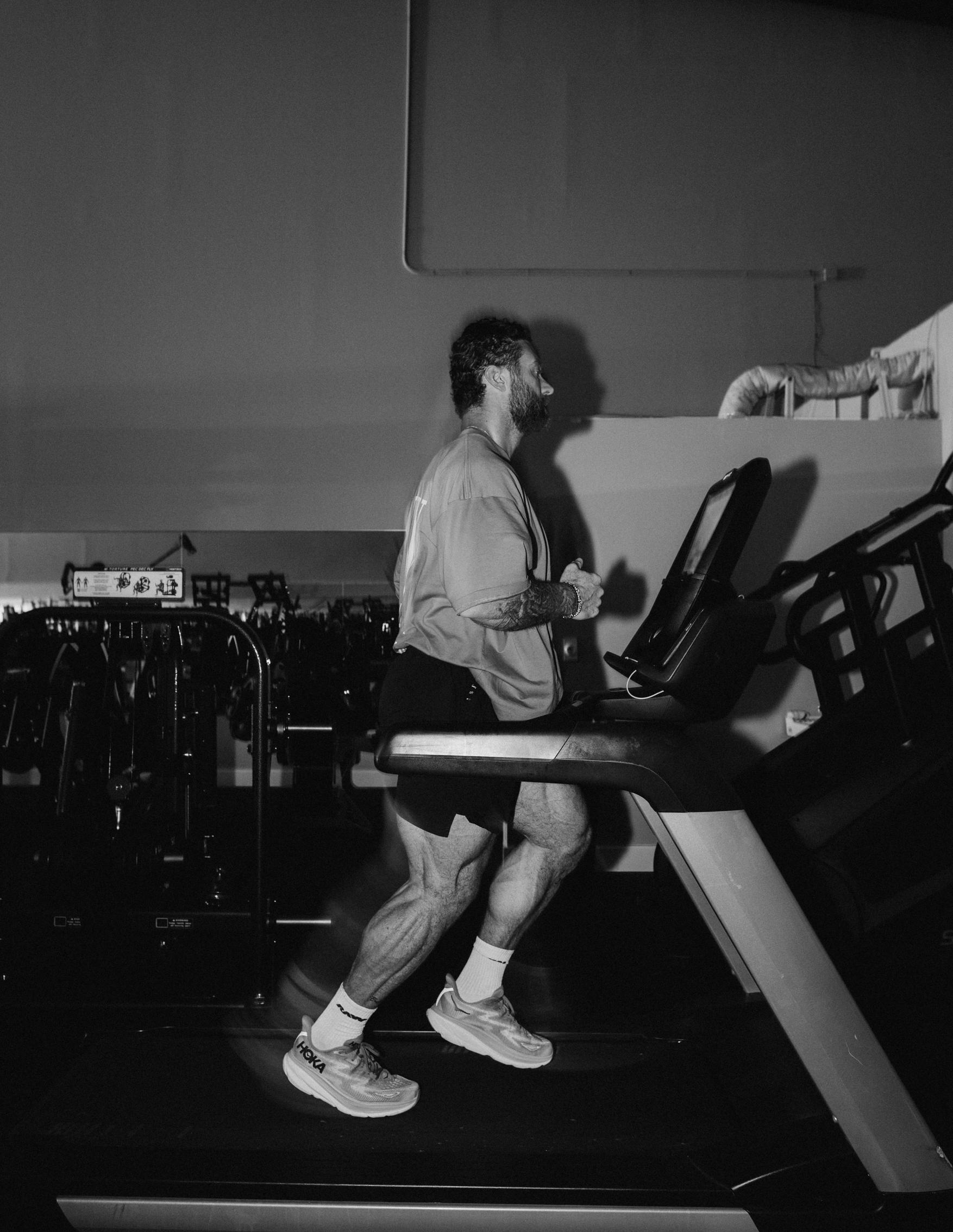
or disability increases. Just as Bumstead learned to expand his training with variety that kept his body durable, patients need variety (multiple ways to perform tasks) and fidelity (maintaining quality under fatigue) to counter overuse and restore resilience.
Just as Bumstead had to expand beyond lifting, patients, too, must extend beyond exercise as a solution. Sporadic gym sessions are no substitute for daily movement. Lifestyleintegrated activity interrupts stillness, lowers inflammation, supports brain health, and restores the body’s capacity for freedom. Movement literacy makes this possible by bridging the gap between everyday function and any specialty pursuit, whether that’s managing back pain, practicing jiu-jitsu, or building muscle.
In early to mid-adulthood, movement education is preventive medicine. It supports strength, restores range, and helps establish habits that protect health long before age-related decline begins to set in. Many of the outcomes patients seek from the most commonly prescribed medications—lower blood pressure, stable blood sugar, and improved sleep—can also be achieved through consistent movement.
Yet, the likely reality is that people move so poorly due to a lack of frequency that they eventually give up on movement altogether. What begins as stiffness or fatigue often turns into avoidance, which only accelerates decline; this makes it all the more important to look not just at how frequently people move, but at how well they move.

This need for evaluation raises a practical question: how can physicians evaluate movement in ways that are simple, efficient, and clinically meaningful? A handful of low-tech assessments offer powerful insights, and they double as prescriptions for patients to practice at home.
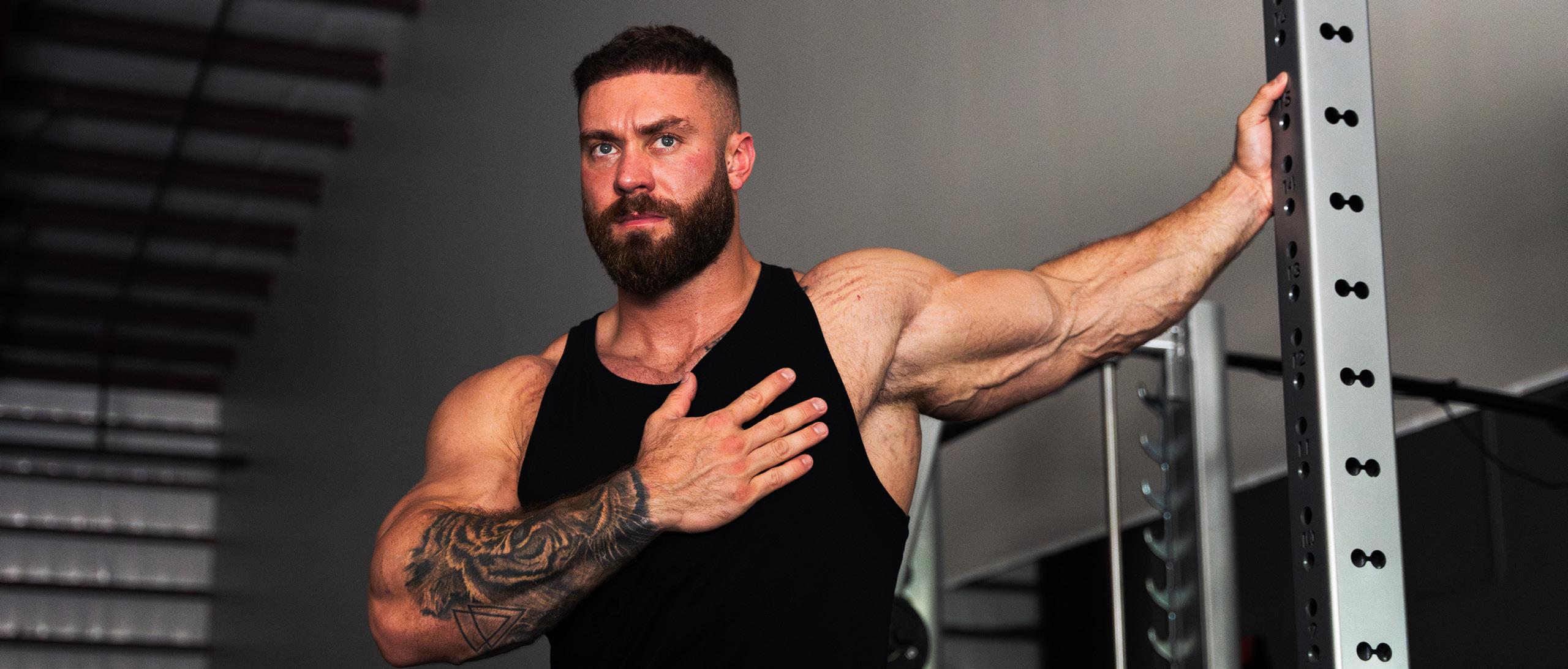
Gait Observation
Look for asymmetry, shuffling, or inefficiency.
Ten-minute daily walks, outdoor routes when possible.
Squat Test
Assess pain-free depth and control.
Rise from Floor
Time rising without hands, if safe.
Spend five to ten minutes daily on floor sitting to restore hip mobility, and practice sit-tostand exercises.
Practice controlled ground-tostand transitions several times per day.
Posture Check
Evaluate alignment during everyday, common tasks.
Fidelity Under Fatigue
Observe form after light exertion.
Interrupt sitting every 30 minutes with a brief walk or stair set.
Short, frequent bouts of walking after meals; if appropriate, simple carries to maintain form while tired.
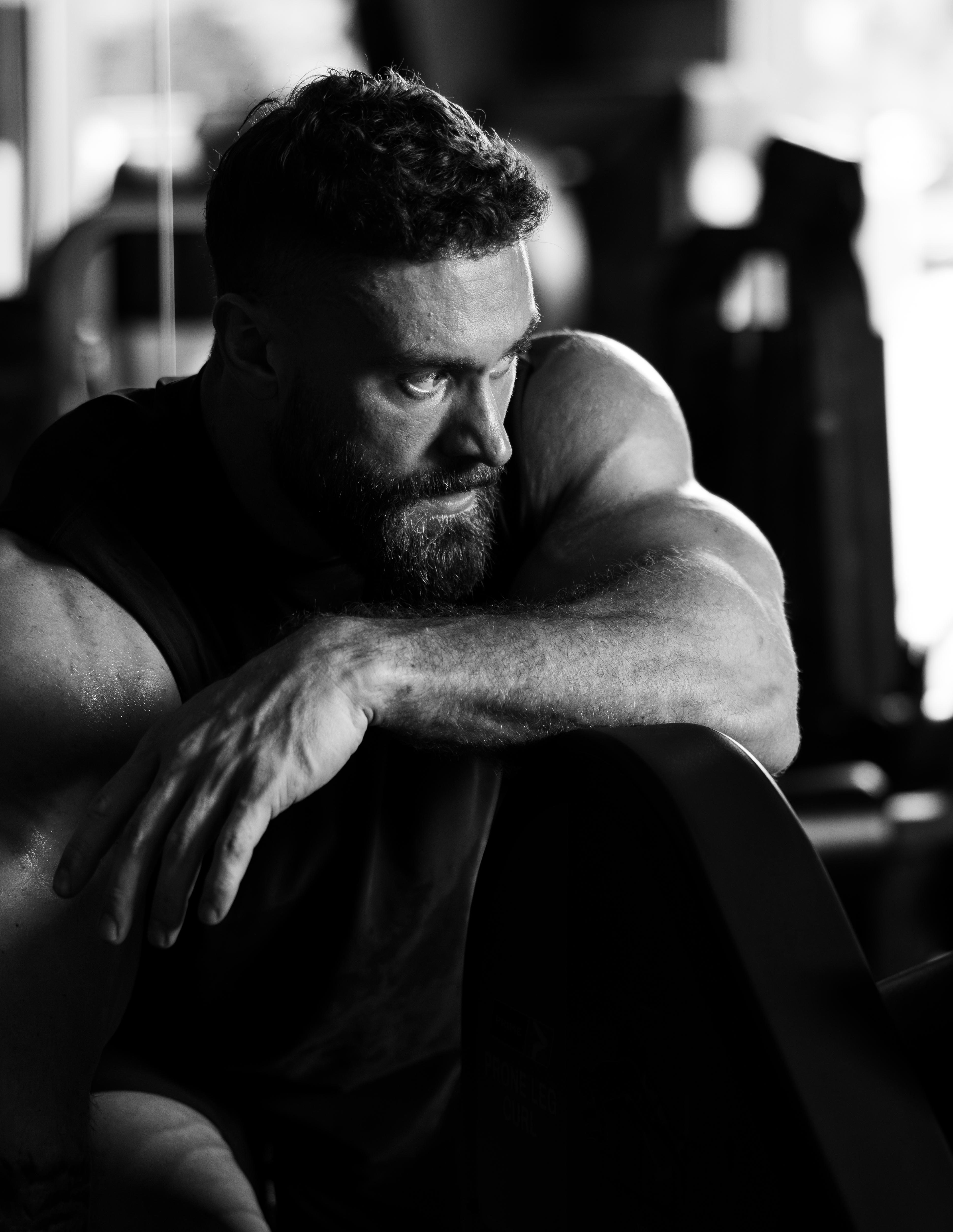

What Bumstead learned was that grinding through the bodybuilding process can only take you so far; it was working smarter that extended his career and enhanced his stage symmetry through freedom of motion, until his retirement after winning his sixth title. Yet, stepping away from competition didn’t mean stepping away from training. Having seen how movement and recovery could transform performance, Bumstead joined forces with King to turn those lessons outward.
Their work revealed a crucial truth: movement—not just exercise—drives all performance. Movement fidelity, recovery, and precision extend careers and elevate outcomes. Recognizing that these same principles are largely absent in patients, they created STNDRD, a platform designed to make champion-level movement literacy accessible to clients, trainers, and physicians alike.
Bumstead’s story illustrates the broader principle: performance and health are sustained not by doing more, but by restoring the body’s capacity to move well. What medicine too often overlooks is that structured exercise, whether it involves strength training, hypertrophy, or cardio, cannot replace movement literacy. Just as medication often manages symptoms without addressing the root cause, exercise prescriptions alone cannot undo the damage of a sedentary lifestyle. If movement can extend a champion’s career through resilience and adaptability, it can just as powerfully redefine health for millions of adults navigating sedentary decline.
1. Movement Variability as Recovery. Instead of piling on more heavy lifting, Bumstead layers in mobility, walking, stretching, and play. This variety preserves joint health, sustains freedom of movement, and echoes clinical principles of redundancy and variability.
2. Sleep Restores Movement. He treats deep sleep as a training variable, recognizing that it restores coordination, facilitates tissue repair, and enhances readiness for movement. Poor sleep erodes gait, balance, and recovery as much as it does hormones or energy.
3. Nervous System Regulation for Motion. Cold immersion, breathwork, and parasympathetic activation reduce systemic stress, allowing quality of movement to hold up under fatigue.
4. Nutrition and Hydration that Support Motion. Micronutrients and hydration aren’t just about calories; they sustain connective tissue, joint resilience, and the energy systems that underpin daily movement.
5. Mindset Anchored in Movement. Bumstead’s structured mental preparation keeps him consistent. For patients, reframing their mindset means building the confidence to move daily, rather than avoiding it.
6. Evidence-Based Tools for Function. Creatine, whey, and other well-researched supplements preserve muscle, aid recovery, and extend functional capacity well beyond the gym.
7. Emerging Therapies. Peptides and other novel therapies may support tissue repair and resilience, but they only matter if layered onto a foundation of movement.
8. The Value of Educated Guides. Much of Bumstead’s success stems from collaborating with skilled coaches and therapists. Patients can also benefit from professionals who can assess movement, prevent breakdowns, and create safe and progressive programs.
Chris Bumstead’s story is not just about bodybuilding; it is about rediscovering balance. He did not abandon exercise; he elevated it by embedding movement as the foundation. This lesson extends far beyond the Olympia stage. For physicians, the takeaway is clear: health cannot be restored through prescriptions of sets, reps, or pills alone. It begins with reclaiming the body’s innate capacity to move freely.
Movement is not an accessory to exercise, but rather what makes exercise possible and sustainable. The more specialized the pursuit, the greater the need for varied movement to preserve resilience. An accountant at a desk, an athlete chasing performance, or a retiree seeking independence all share the same base requirement: daily, quality movement.
Exercise programs can refine performance, but they alone cannot undo the damage caused by inactivity. Only movement, integrated into the fabric of daily life, restores function, protects longevity, and sustains freedom. The lesson is simple yet profound: movement is not optional; it is a fundamental part of being human.
SPEAKING, SEMINARS, AND WORKSHOPS
Book any of the following for keynotes, seminars, and high-performance coaching intensives.
CONNECT WITH ASHLEIGH QUINT
Instagram: @up_lift_gym
Email: coachashquint@icloud.com
CONNECT WITH RYAN CROSSFIELD
Instagram: @ryan_crossfield
Email: Ryan.crossfield@gmail.com
FOLLOW STNDRD
Instagram: @STNDRD @CBUM Website: www.STNDRD.app
CONTACT JUSTIN KING
Email: justin@builtbetter-az.com Instagram: @JustinKingPro
Let’s build stronger humans—one system at a time.
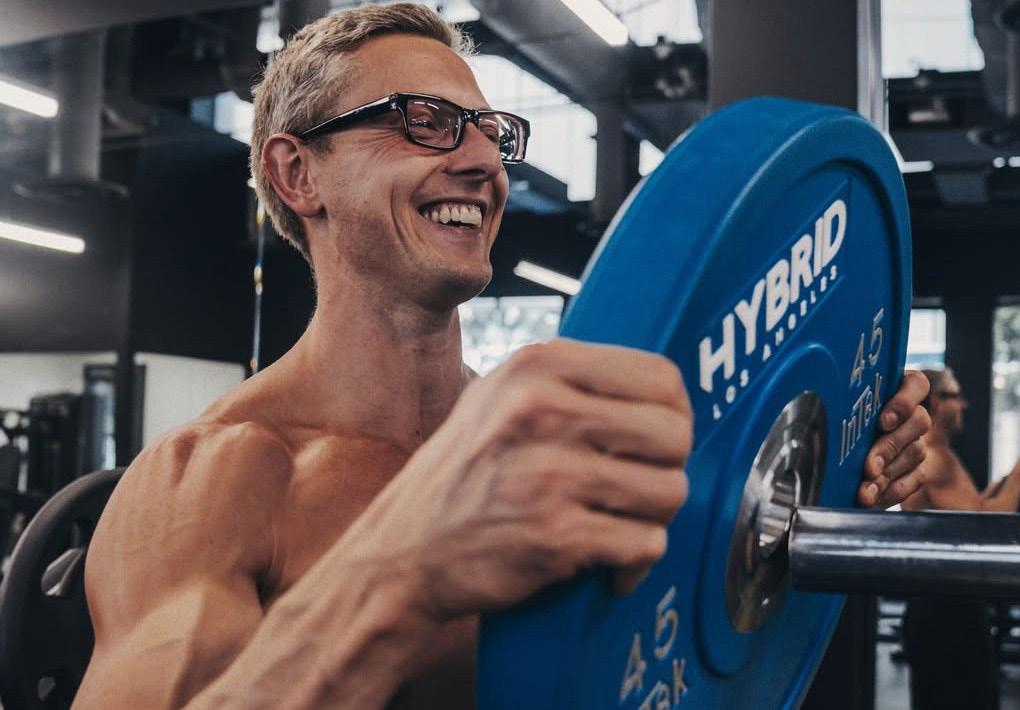
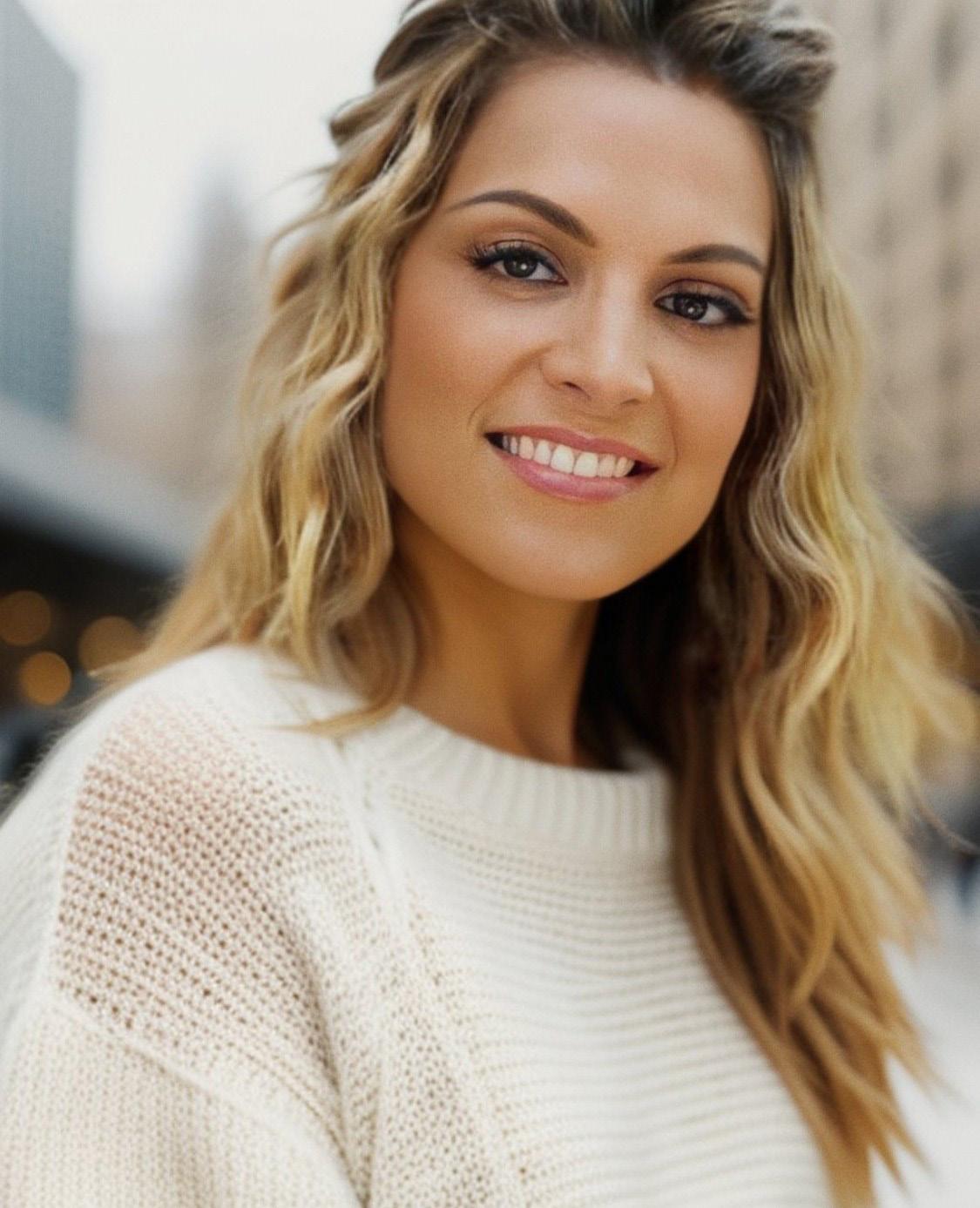
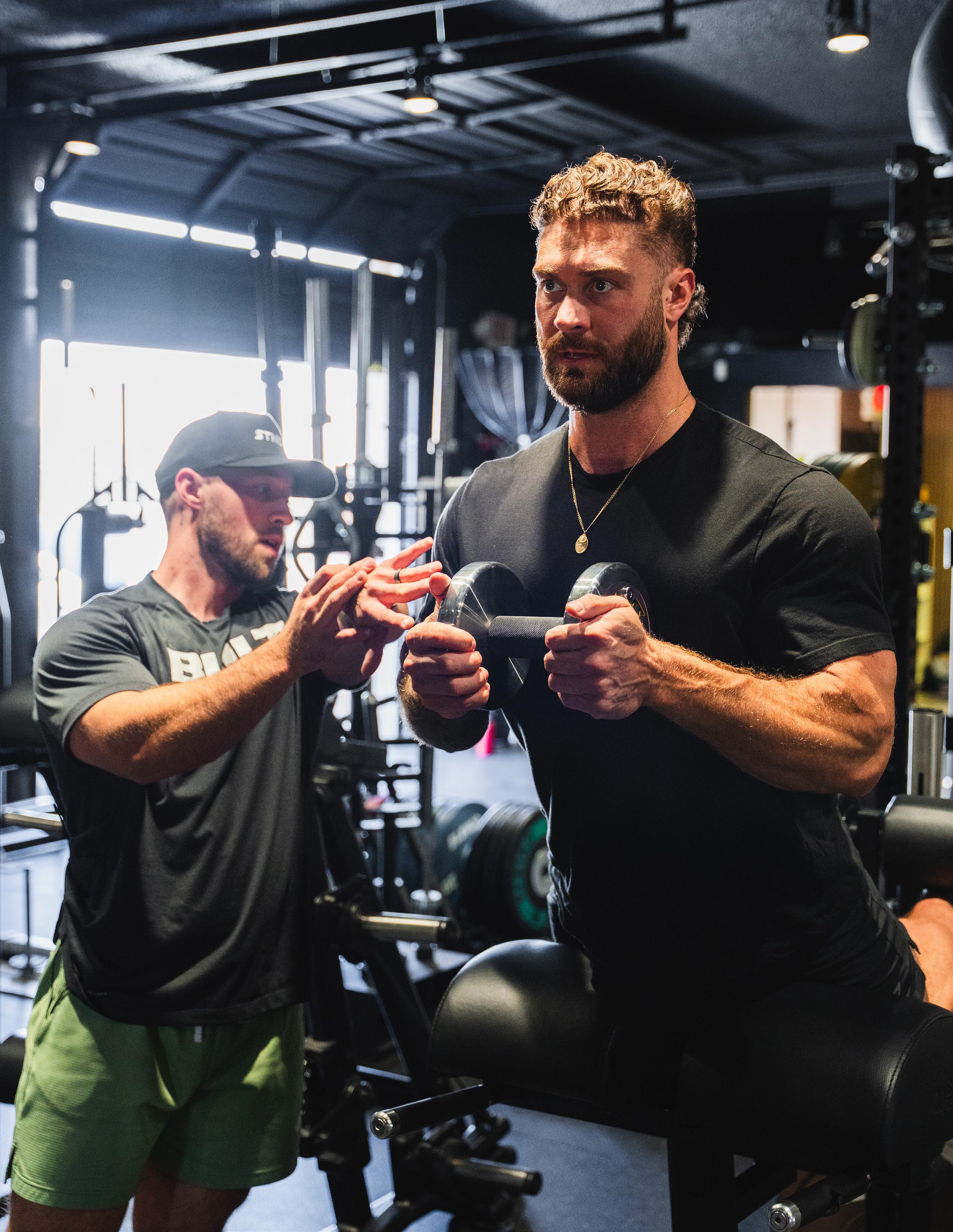
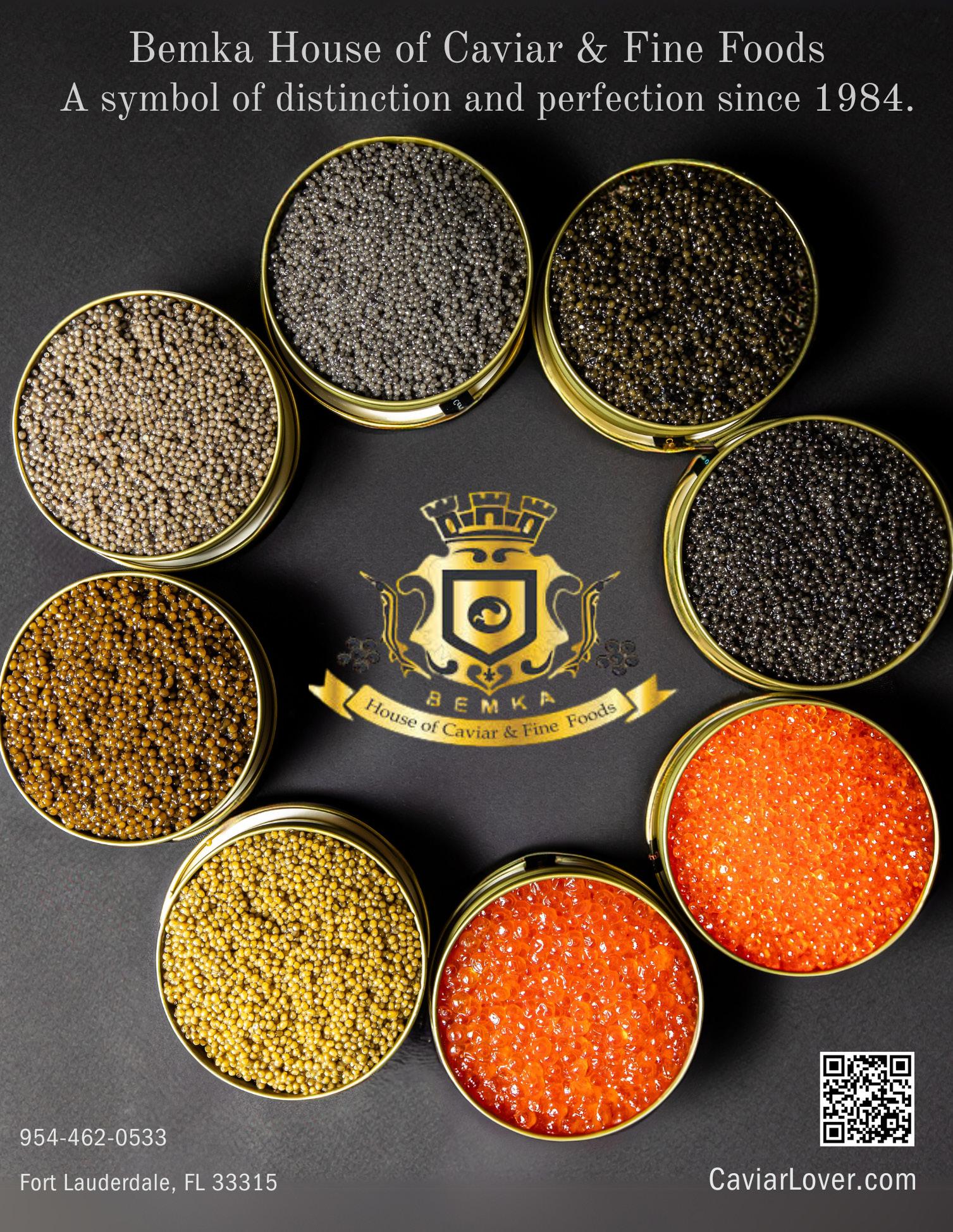
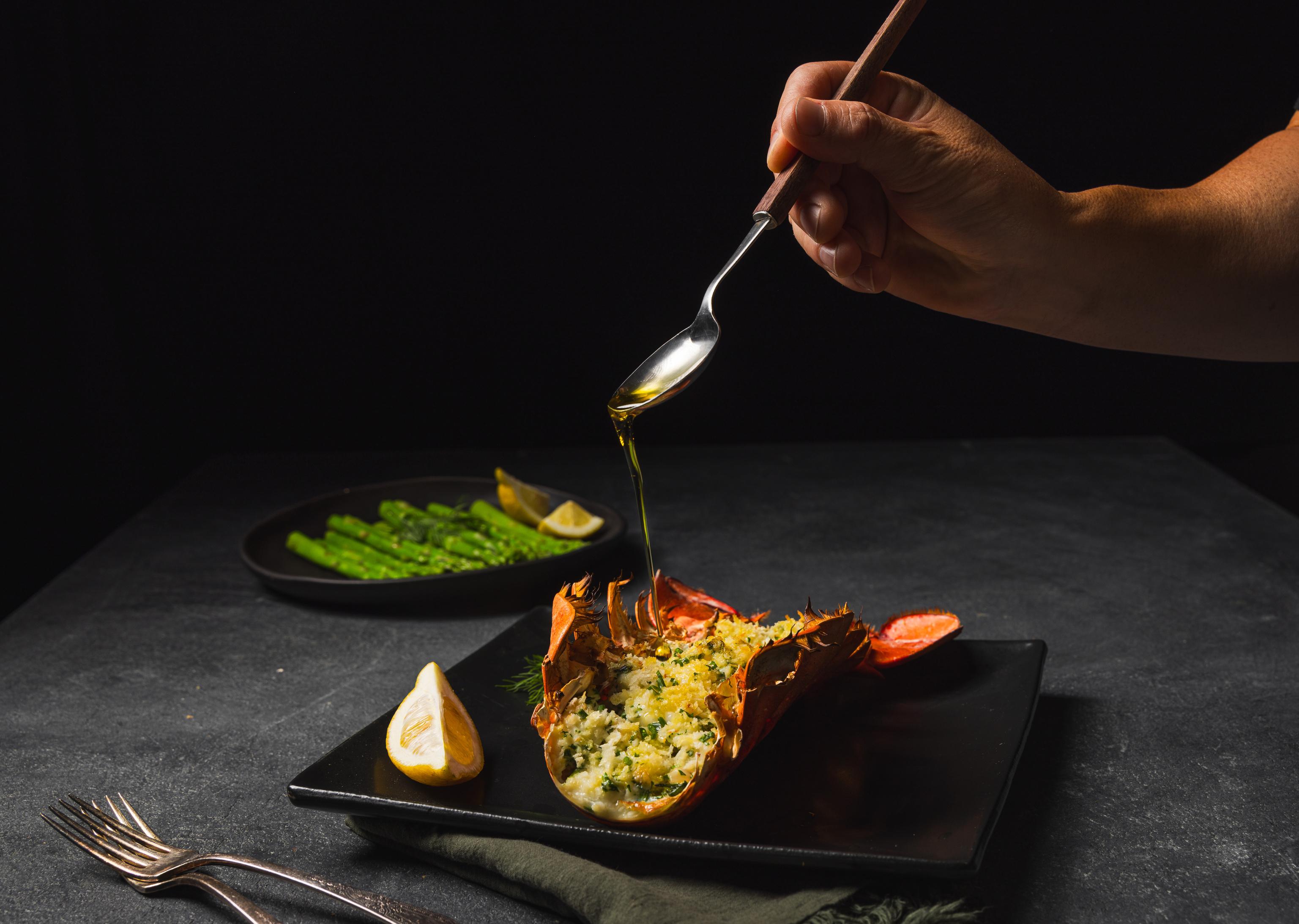
Wild caught by hand. Delivered to your Wild caught by hand. Delivered to your door. Ready to steal the show. door. Ready to steal the show.
When it comes to dinner, subtlety has its place. When it comes to dinner, subtlety has its place.
This is not that place. This is not that place.
This is the kind of lobster tail that earns silence at the This is the kind of lobster tail that earns silence at the table—followed by applause. table followed by applause.
Caught by hand off the coast of the Nor th Atlantic.
Caught by hand off the coast of the Nor th Atlantic. Flash-frozen the day it's landed. Flash-frozen the day it's landed. We don’t




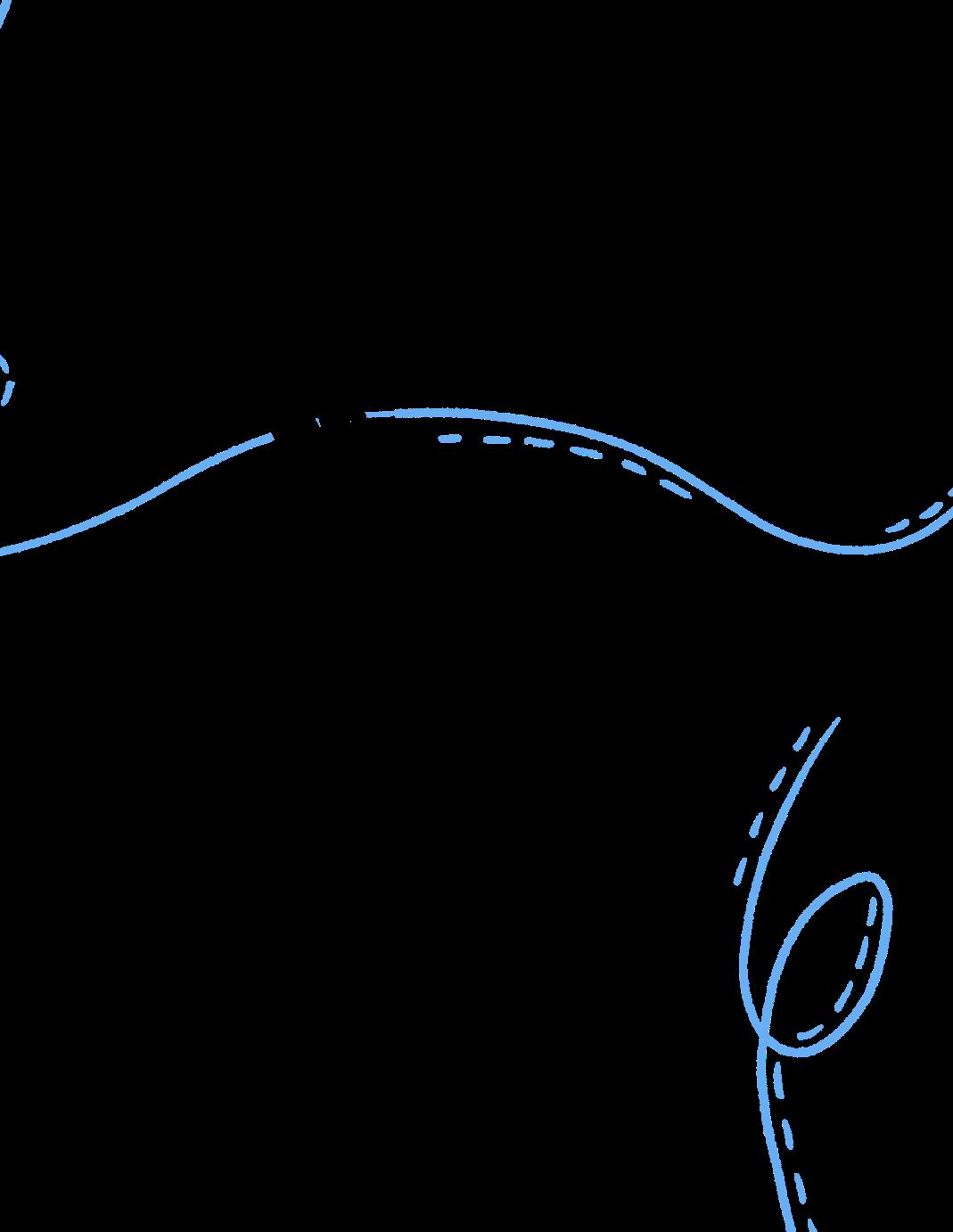

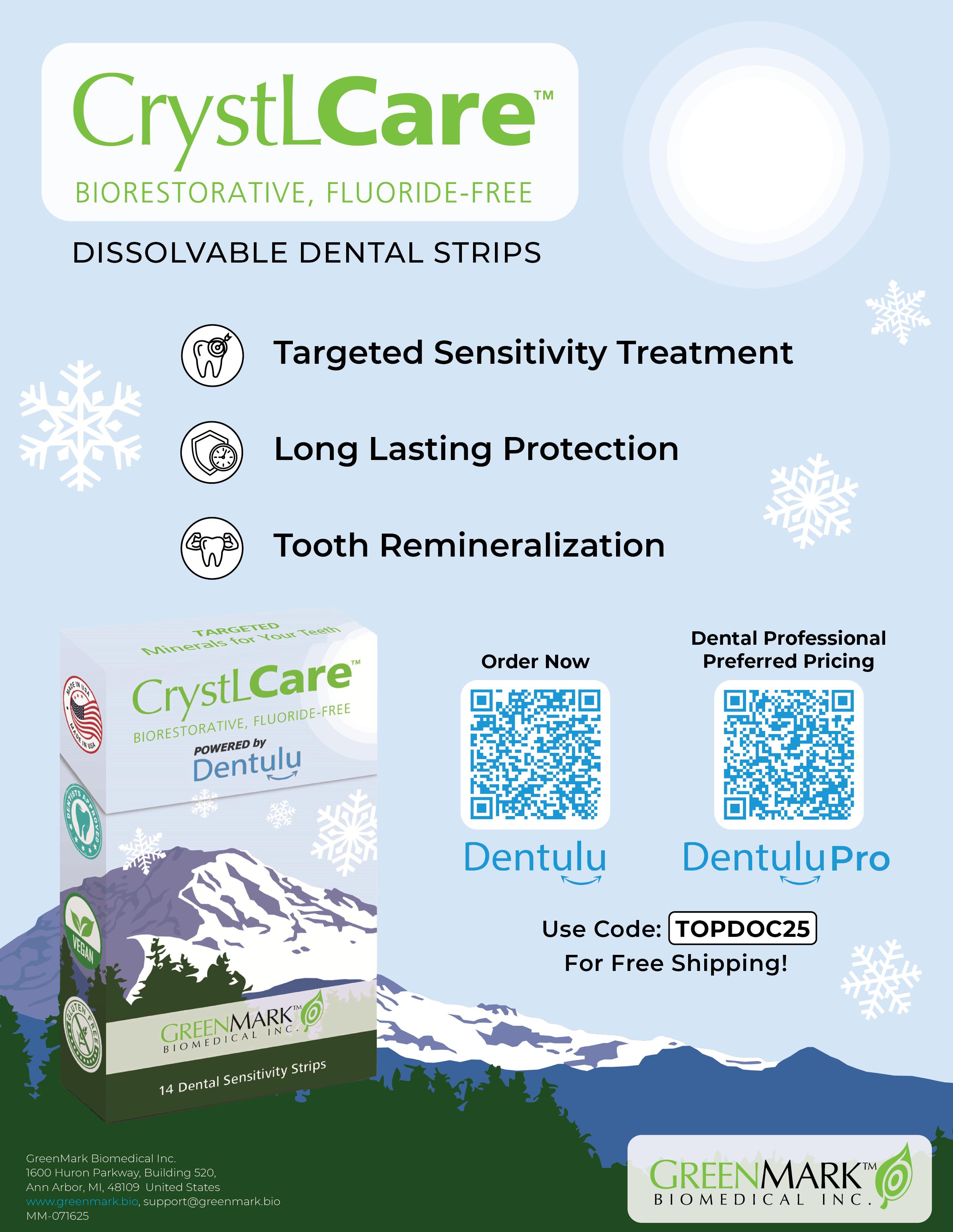

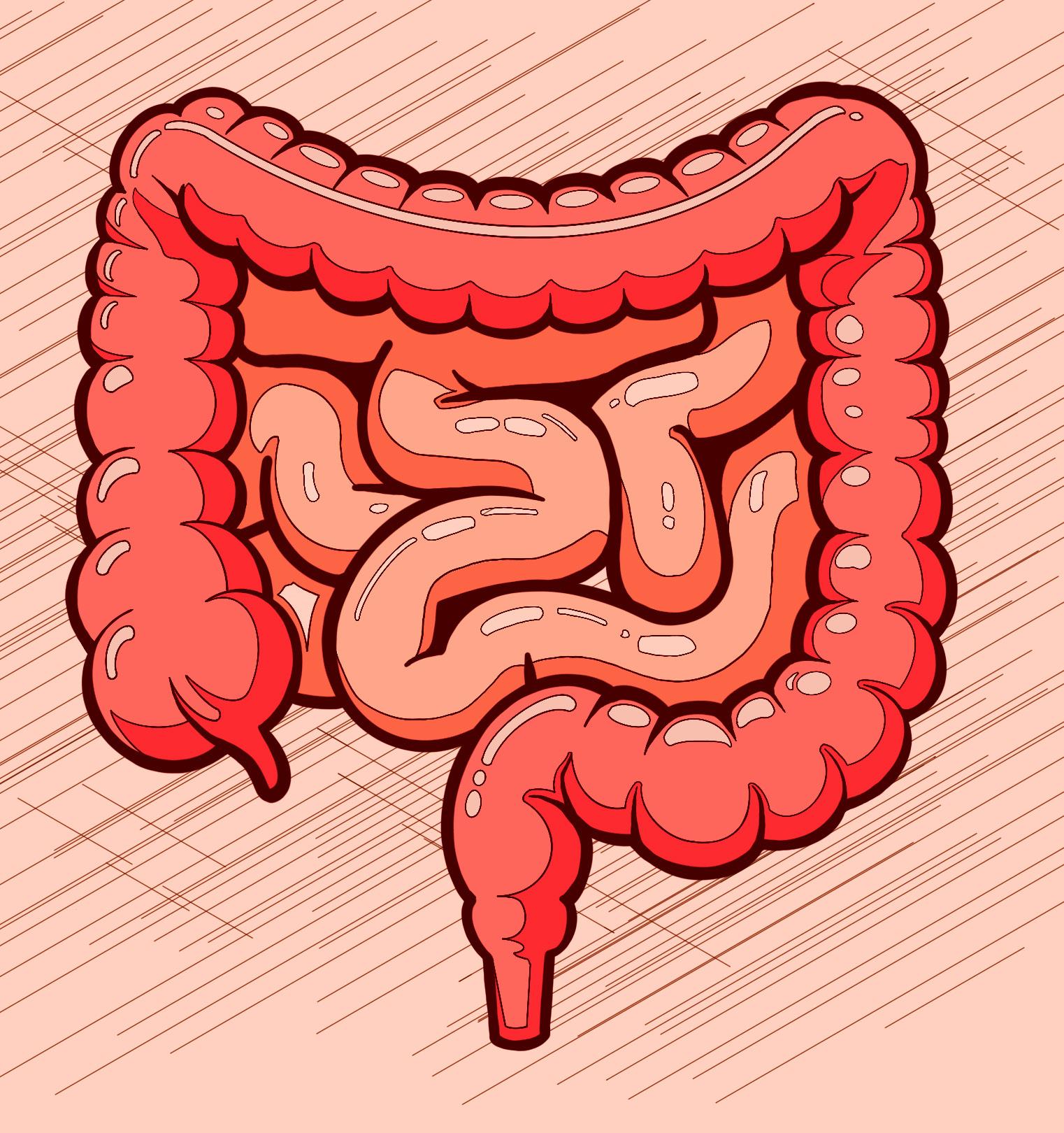
By Evelyn Flaharty
Even when you live a healthy lifestyle, life has a way of surprising you. In my case, that surprise came in the form of an emergency appendectomy. I didn’t expect it, I wasn’t prepared for it, and honestly, I made some mistakes along the way that could have cost me dearly.
This is why I am sharing my story, not for sympathy, but as a public service announcement. I don’t want anyone else to delay medical care the way I did. I want you to understand the warning signs of appendicitis, why you should never try to selfdiagnose or self-medicate, and how taking immediate action can save your life.
The appendix is a small, finger-shaped pouch that sticks out from your large intestine on the lower right side of your abdomen. For many years, doctors thought it was useless, a leftover organ from evolution. Now, research suggests that it may play a small role in immunity by storing healthy gut bacteria.
But here’s the kicker, you can live perfectly fine without it. The problem arises when the appendix becomes blocked or infected, resulting in inflammation known as appendicitis. If untreated, it can rupture, spilling dangerous bacteria into your abdomen and causing a life-threatening infection.
Appendicitis is one of the most common surgical emergencies in the world. It’s most common between the ages of 10 and 30, but it can happen at any age, and as I found out, it doesn’t matter how healthy you are or how careful you are with your lifestyle.

The First Night: Self-Diagnosis Begins
Around 2:30 in the morning, I woke up feeling uncomfortable. My stomach felt bloated, tight, and uneasy. Like most people would, I thought, ‘Oh, it’s probably indigestion.' It’s not something I get often, but it happens to everyone.
So, I did what many of us do: I reached for over-the-counter medicine. A few Tums later, I went back to bed, hoping it would pass. But it didn’t. I tossed and turned, even tried using the bathroom, but the discomfort lingered.
By the next morning, the discomfort hadn’t gone away. Instead of thinking it could be something serious, my mind jumped to another possibility: food poisoning. The day before, I’d gone out to lunch with my business partner. I remembered eyeing the chicken on my plate and thinking it wasn’t cooked as thoroughly as I usually prefer. I ate most of it anyway, and now I was convinced this was the culprit.
I pulled out the bottle of Pepto Bismol, that famous pink liquid, and took the recommended dose. I figured this would settle things. But it didn’t. I spent the rest of the day in bed, rubbing my stomach, trying to go to the bathroom, and denying the fact that I was in real pain.
By the following day, my abdomen was so bloated it looked like I was several months pregnant. The pain hadn’t gone away. Still trying to convince myself it wasn’t serious, I took Tylenol to dull the discomfort. But deep down, I knew something wasn’t right.
I finally gave in and booked an appointment at an urgent care center. That’s when reality hit.
Urgent Care called me back for details. When I explained that I’d been in pain for two days and that it was concentrated on the lower right side of my abdomen, the nurse’s response was immediate and firm:
“Oh no, dear. We can’t see you here. It sounds like your appendix may have ruptured. You need to get to the emergency room immediately.”
Those
words shook me. Suddenly, I realized I was in serious danger.
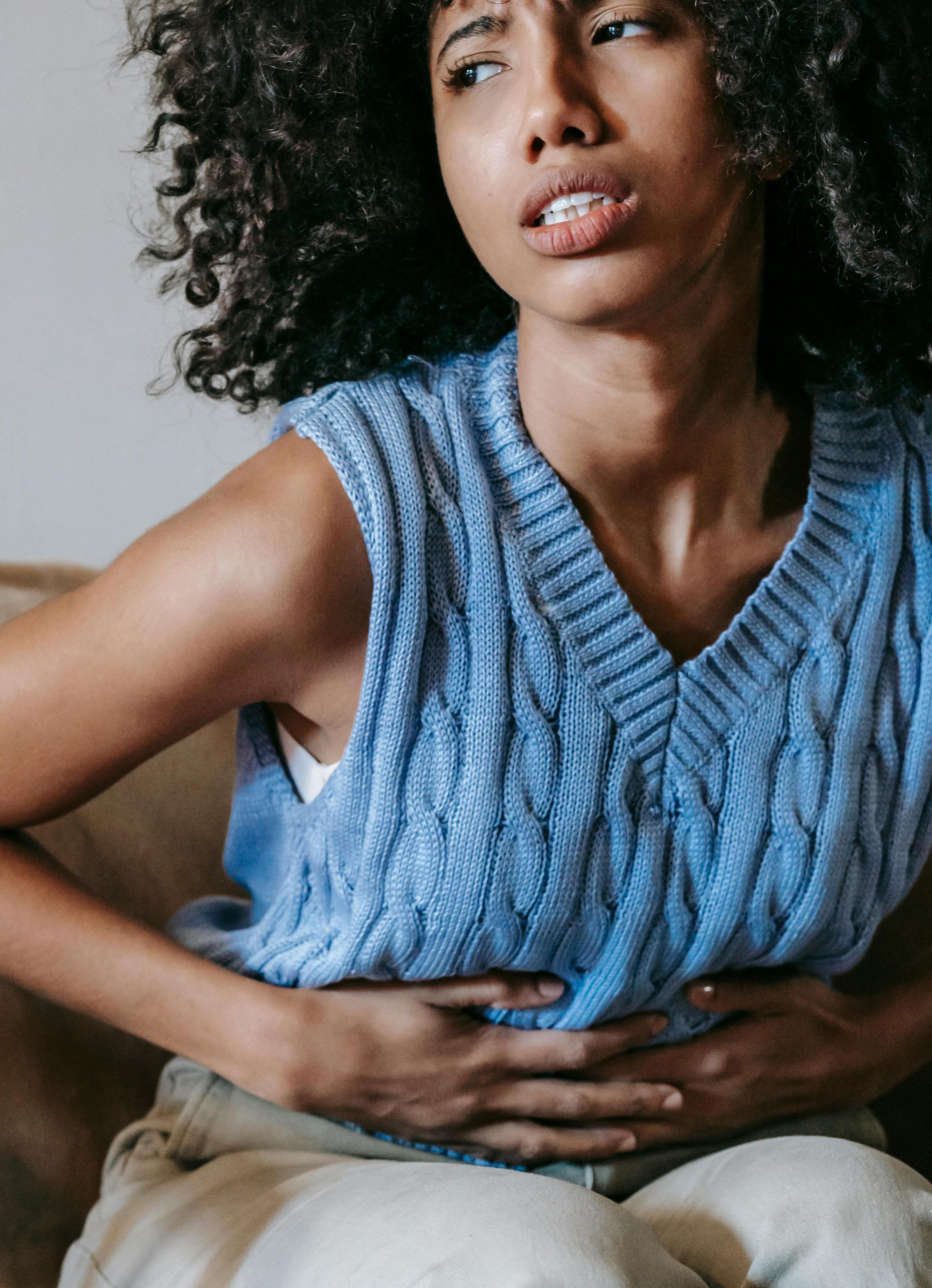

At the ER, things moved fast. Within minutes, I was surrounded by medical staff checking vitals, starting IV antibiotics, and running tests.
The doctor ordered a CT scan to confirm appendicitis. Because I’m allergic to iodine, they performed the scan without contrast. Even so, it was clear: my appendix had to come out.
The plan was surgery that night, but complications delayed it. The antibiotics they gave me triggered a dangerous allergic reaction. I know my body and could tell immediately that whatever they were giving me was not agreeing with my body. Within seconds, my blood pressure skyrocketed, my head started pounding, I felt heart palpitations, and I began vomiting. Surgery had to wait until my body stabilized. There was no way the surgeon would put on anesthesia.
The next morning, I was wheeled into the operating room and had my appendix removed.
Looking back, the most dangerous part of my story wasn’t the surgery or even the allergic reaction. It was the fact that I waited nearly 48 hours before seeking medical help. Here’s why that matters:
» Appendicitis can rupture in as little as 24–72 hours. Once it ruptures, infection spreads throughout the abdomen, leading to peritonitis, a life-threatening condition. A ruptured appendix can cause sepsis.
» Symptoms can mimic other conditions. Indigestion, food poisoning, stomach flu, menstrual cramps, it’s easy to confuse them. That’s why misdiagnosis, especially selfdiagnosis, is a common occurrence.
» Delays increase complications. A simple surgery can turn into a complex emergency with longer recovery, higher risk of infection, and even hospitalization in intensive care.
Appendicitis is not necessarily the same for everyone, but the most common signs include:
» Pain starting near the belly button and moving to the lower right side
» Loss of appetite
» Nausea and vomiting
» Abdominal swelling or bloating
» Fever
» Worsening pain with movement, coughing, or deep breaths
Not everyone has all these symptoms, and children, older adults, and pregnant women may experience them differently. That’s why it’s so important not to ignore persistent abdominal pain.
The most common treatment is appendectomy, the surgical removal of the appendix. There are two main types:
» Laparoscopic surgery: minimally invasive, using small incisions and a camera. This usually means faster recovery, less pain, and smaller scars.
» Open surgery: a larger incision in the abdomen, often needed if the appendix has ruptured or there’s widespread infection.
In some cases, especially when surgery poses a high risk, doctors may treat with antibiotics first, but surgery is still the standard solution.

Recovery depends on how advanced the appendicitis was and the type of surgery performed. For me, because I had complications, it wasn’t as straightforward as it could have been. But in general:
» Laparoscopic surgery: most patients go home within 24 to 48 hours and recover fully in 1–3 weeks.
» Open surgery: hospital stays are longer, and full recovery may take 4–6 weeks.
» If the appendix ruptured: Recovery is harder, with increased risk of infection and longer hospital time.
During recovery, doctors recommend rest, limited lifting, a gradual return to activity, and a healthy diet to support healing.
So why did I wait so long? Honestly, the same reason many of us do:
» I didn’t want to “overreact.”
» I thought it would pass.
» I didn’t want to look foolish going to the doctor for “nothing.”
But here’s the truth: your health is never “nothing.”
Today, I carry a scar, proof that I survived a surprise attack from my own body. But I also carry a new perspective:
» Don’t self-diagnose. Google, Tums, and Pepto can’t replace a doctor.
» Don’t delay. It’s better to find out it’s nothing than to risk your life.
» Take care of yourself. If you don’t, you may not be there for the people who depend on you.
This is my public service announcement: Listen to your body. Take action. Don’t wait because when it comes to your appendix, waiting too long can be deadly!

1. If you are ready to experience premium Maine lobster delivered directly to your door and create unforgettable moments around your own table, visit Get Maine Lobster to learn more and place your order.
Dr. Nayan Patel is a sought-after pharmacist, wellness expert, and thought leader in his field, founding Auro Wellness in 2011.
1. Learn more about Auro Wellness products by visiting aurowellness.com.
For more information, please reach out to express interest in being a potential guest on the Ageless and Timeless podcast or to be featured in the Top Doctor Magazine Ageless and Timeless column with Michele Hughes. For podcast collaborations or to have Michele Hughes on your show, please contact her at:
1. Email: themichelehughescompany@gmail.com
2. Website: www.agelessandtimeless.com
3. Instagram: @agelessandimeless
4. LinkedIn: https://www.linkedin.com/in/michele-hughes-83a3b935/
5. Facebook: https://www.facebook.com/michele.hughes.186
6. Ageless and Timeless podcast, on YouTube, iTunes, Spotify, and wherever podcasts are available.
1. Chastin, S. F. M., McGregor, D. E., Palarea-Albaladejo, J., Diaz, K. M., Hagströmer, M., Hallal, P. C., Dall, P. M. (2021). “Joint association between accelerometry-measured daily combination of time spent in physical activity, sedentary behaviour and sleep and all-cause mortality: A pooled analysis of six prospective cohorts using compositional analysis.” British Journal of Sports Medicine, 55(22), 1277–1285. https://doi.org/10.1136/bjsports-2020-102345.
2. Peddie, M. C., Bone, J. L., Rehrer, N. J., Skeaff, C. M., Gray, A. R., & Perry, T. L. (2013). “Breaking prolonged sitting reduces postprandial glycemia in healthy, normal-weight adults: A randomized crossover trial.” American Journal of Clinical Nutrition, 98(2), 358–366. https://doi.org/10.3945/ ajcn.112.051763. (Note: this paper is AJCN 2013, not 2012.)
Speaking, Seminars, and Workshops
Book any of the following for keynotes, seminars, and high-performance coaching intensives.
Connect with Ashleigh Quint
Instagram: @up_lift_gym
Email: coachashquint@icloud.com
Connect with Ryan Crossfield
Instagram: @ryan_crossfield
Email: Ryan.crossfield@gmail.com
Follow STNDRD
Instagram: @STNDRD @CBUM Website: www.STNDRD.app
Contact Justin King
Email: justin@builtbetter-az.com
Instagram: @JustinKingPro
Let’s build stronger humans—one system at a time.
1. Wempen, Kristi. “The Wonders of Watermelon.” Mayo Clinic Health System, July 27, 2021. https:// www.mayoclinichealthsystem.org/hometown-health/speaking-of-health/the-wonders-of-watermelon.
2. Manaker, Lauren. “Skip the Sugary Sports Drinks—These 20 Electrolyte-Boosting Foods Can Help You Stay Hydrated.” Health, November 8, 2023. https://www.health.com/foods-with-electrolytes-8349000.
3. Leonard, Jayne. “Foods That Are High in Electrolytes.” www.medicalnewstoday.com, May 15, 2020. https://www.medicalnewstoday.com/articles/electrolytes-food.
4. Cleveland Clinic Writing Team. “Rebalance, Replenish: 4 Sources of Electrolytes.” Cleveland Clinic, September 22, 2023. https://health.clevelandclinic.org/best-electrolyte-sources.
You can find more from Evelyn through her website or social media channels:
1. Website: EvelynFlaharty.com
2. YouTube: Evelyn Flaharty
3. YouTube: Workouts With Evelyn Flaharty
4. Instagram: ffmusclesandcurves
5. TikTok: @evelynifbbpro
6. Facebook: Evelyn Flaharty

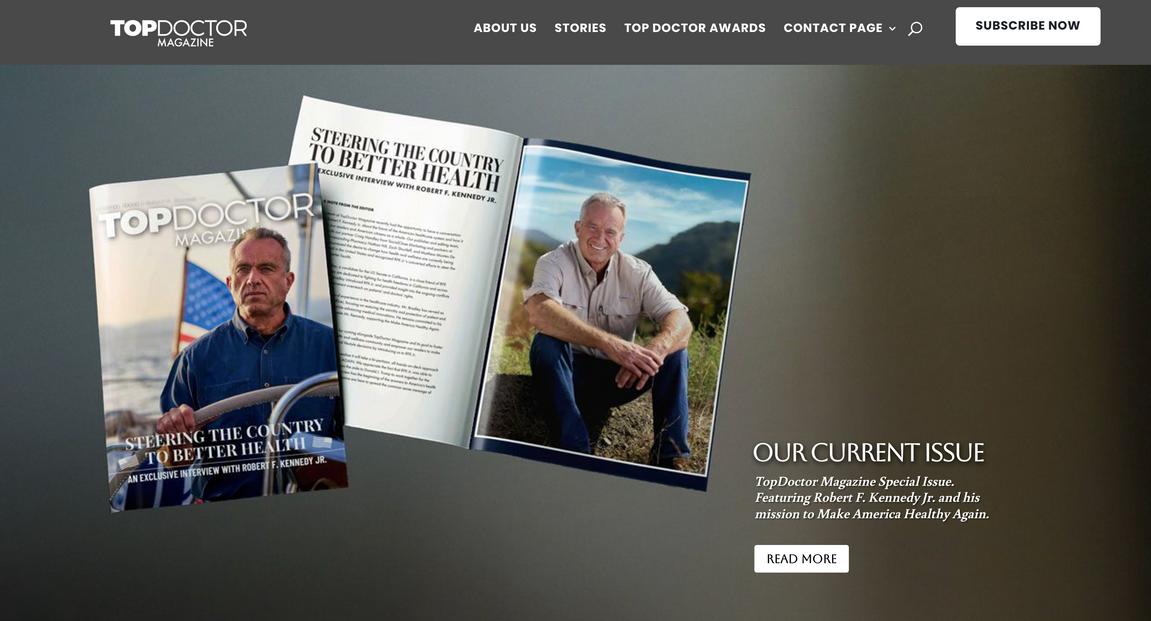


1,500 PARTICIPANTS: HEALTH & WELLNESS EN
35+ TOP SPEAKERS: INTEGRATIVE MEDICINE D
35+ EXHIBITORS: LONGEVITY TECH & ECO-PRO
15+ EXPERIENCES: HEALING & SPIRITUAL PRA
